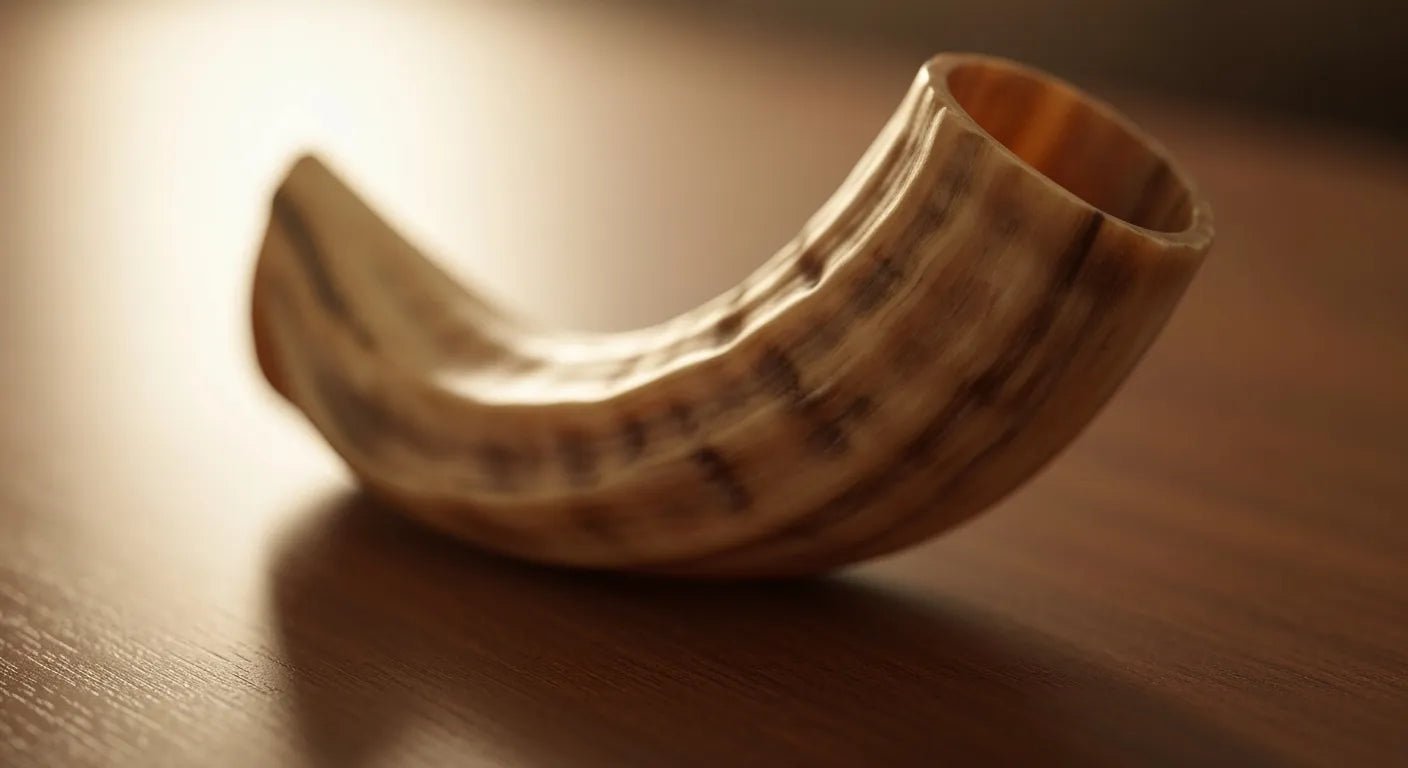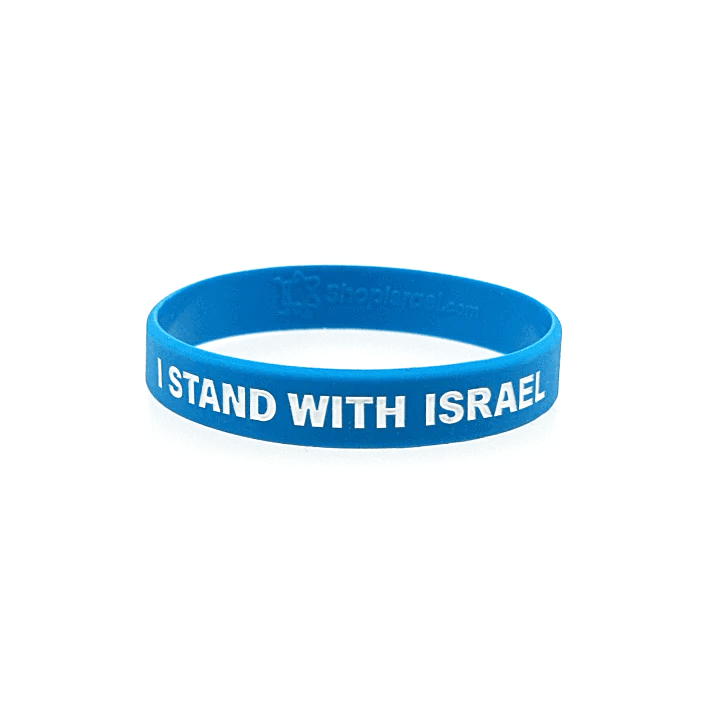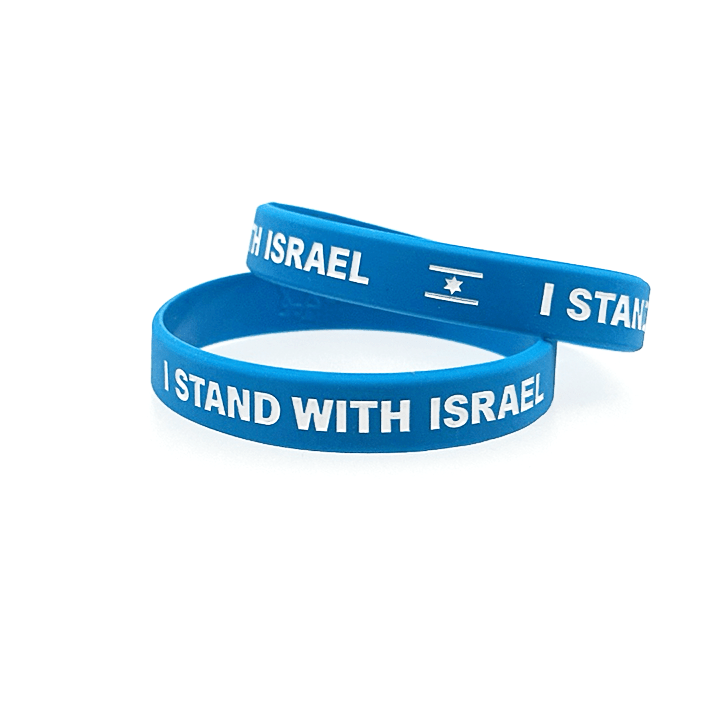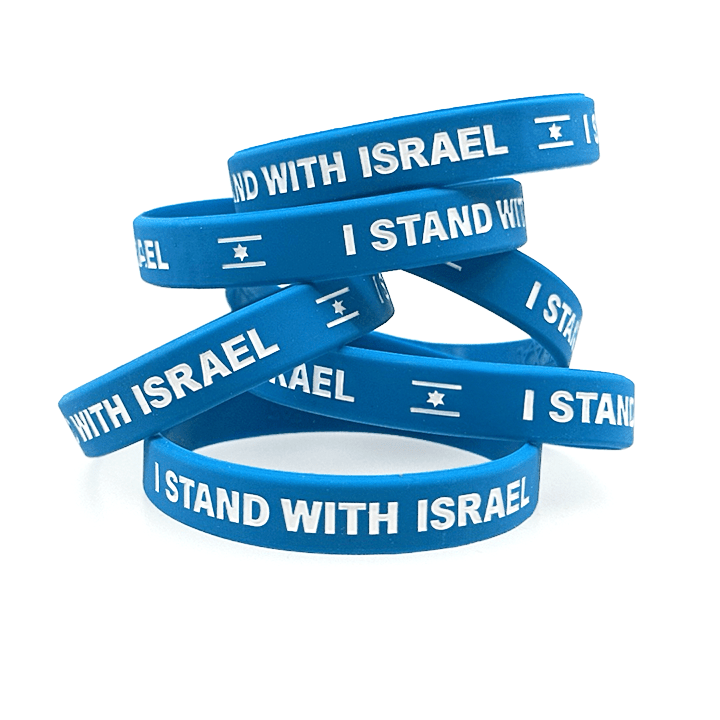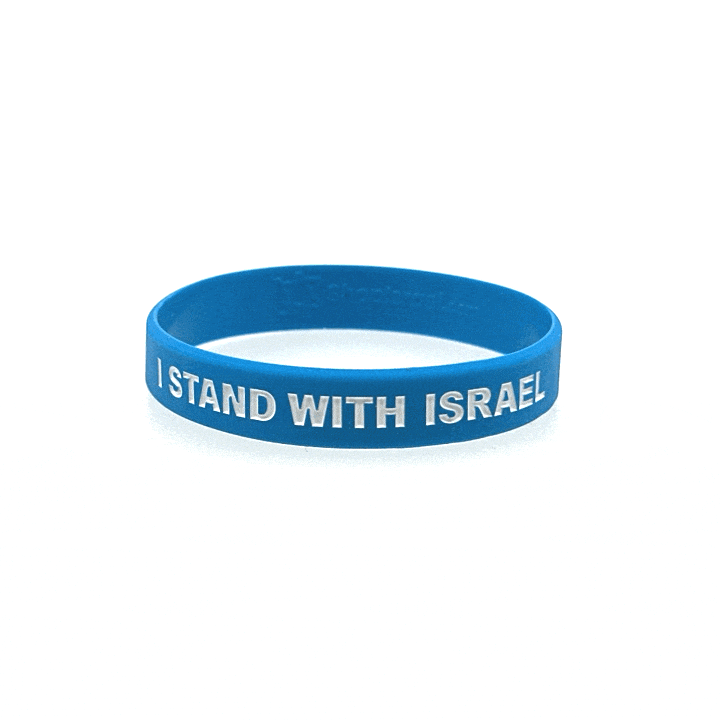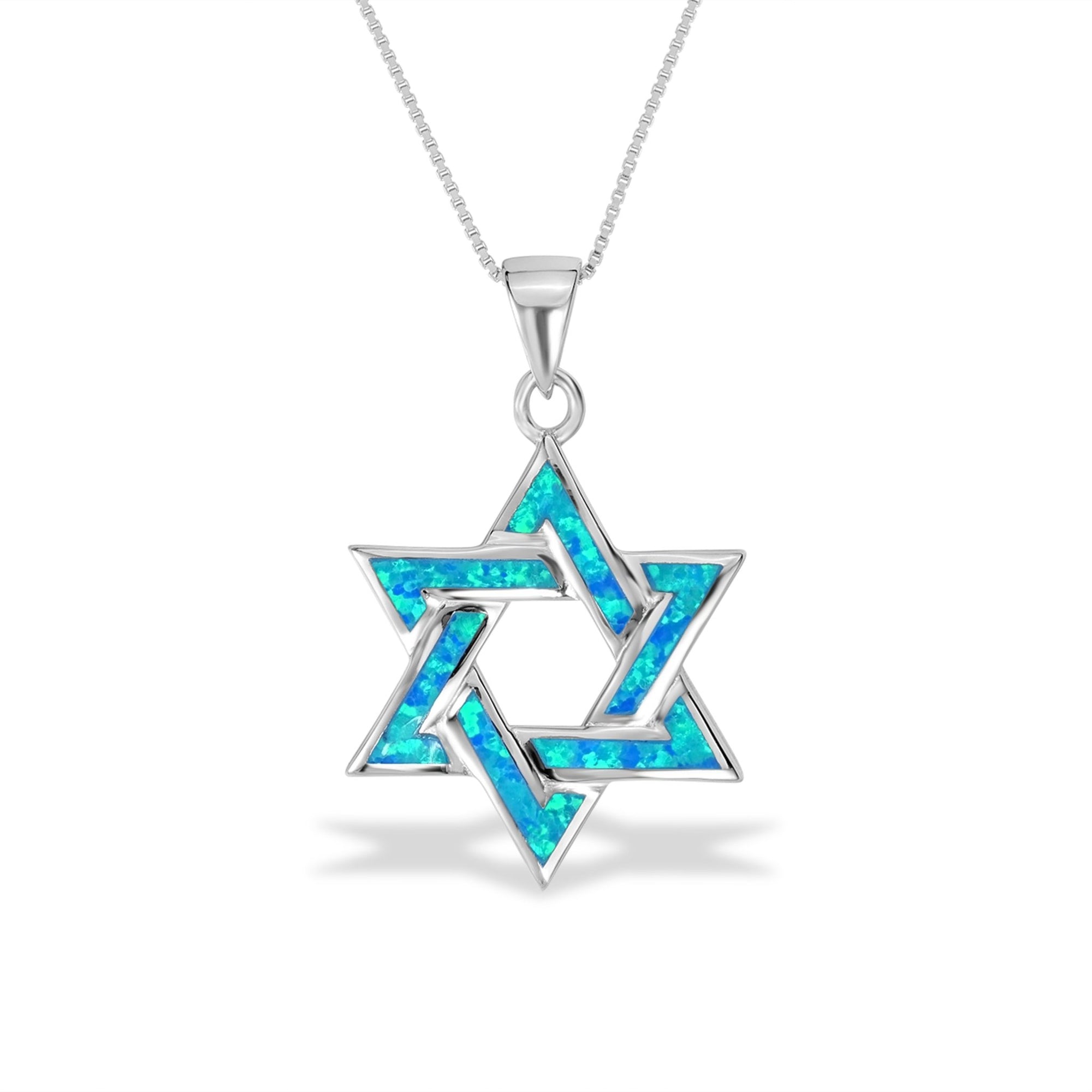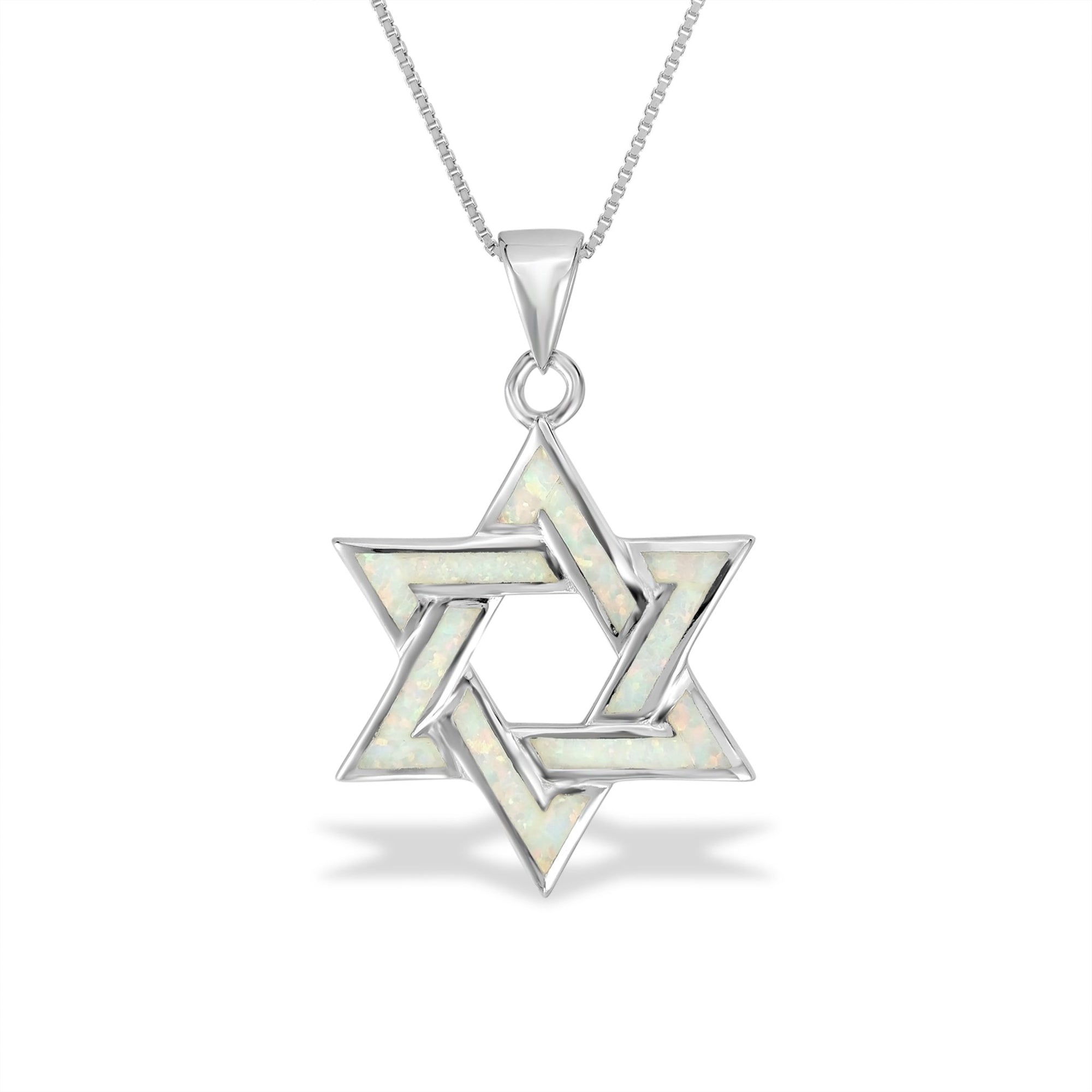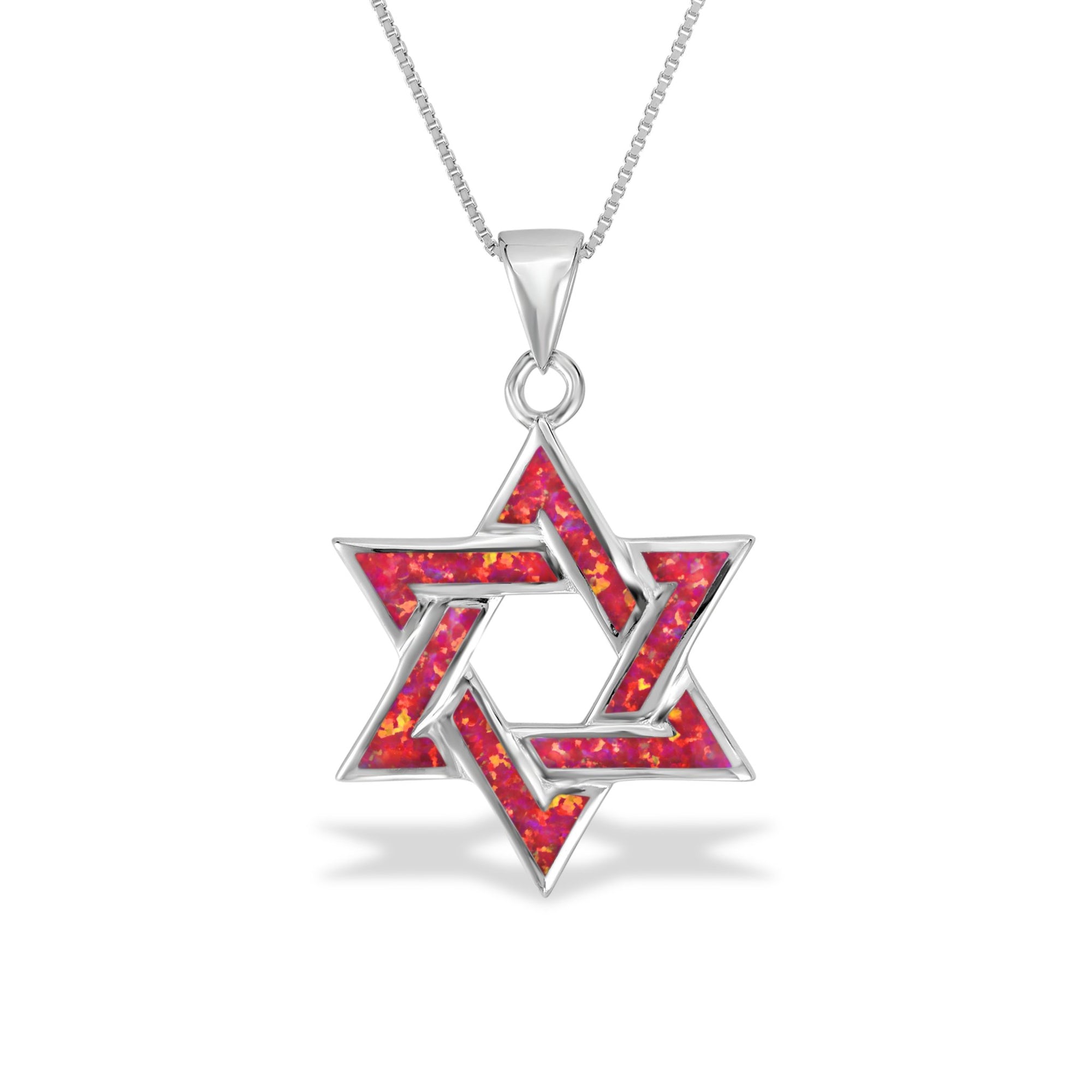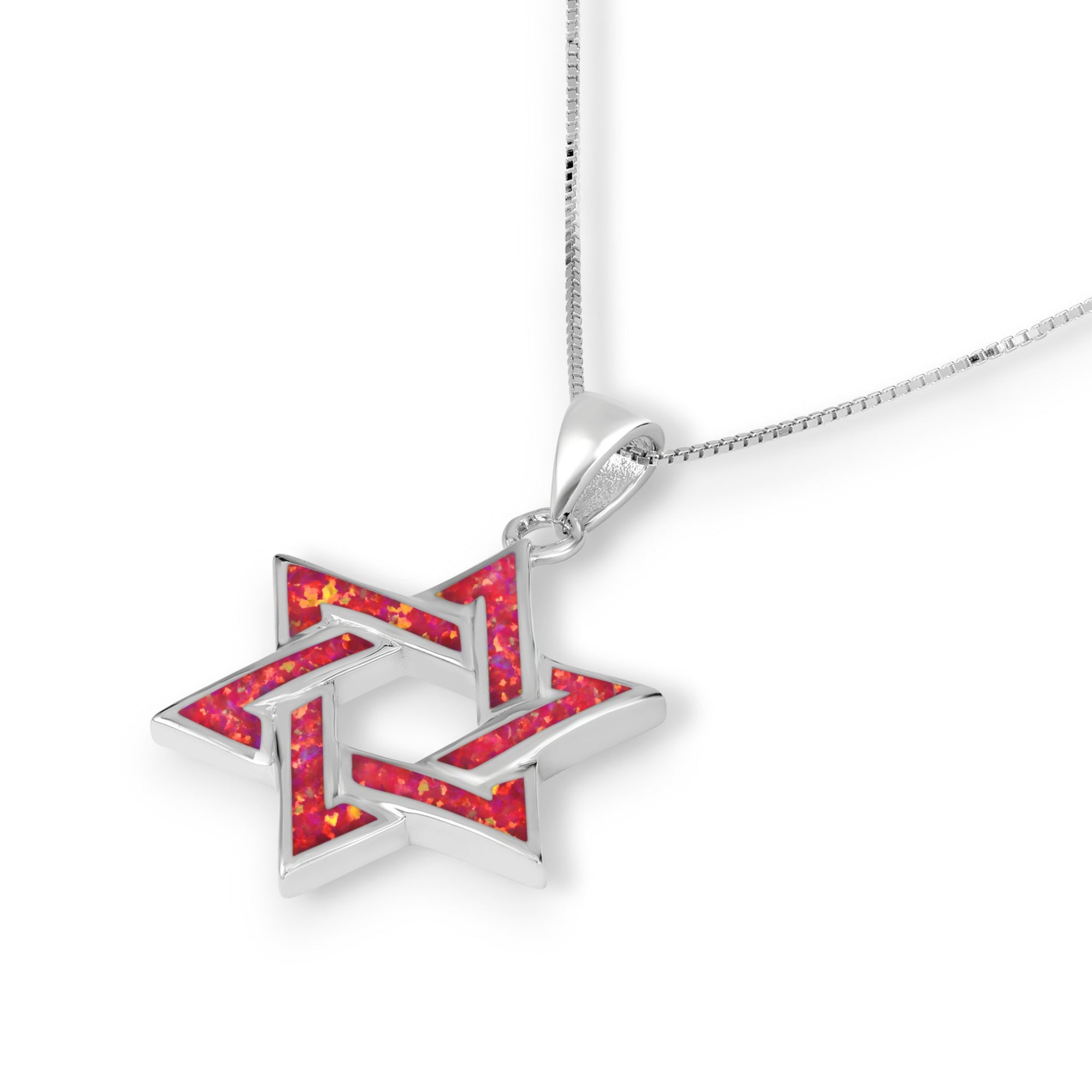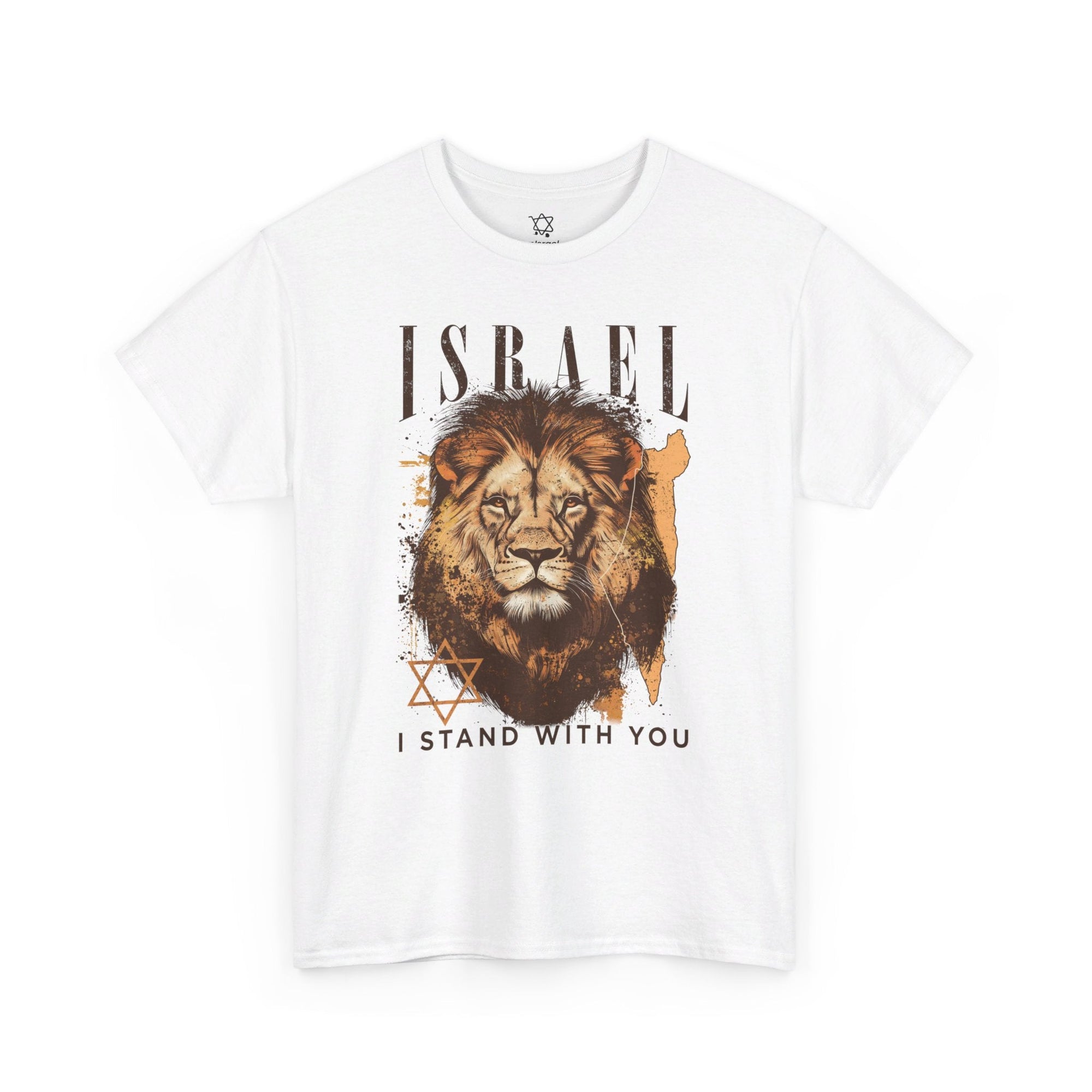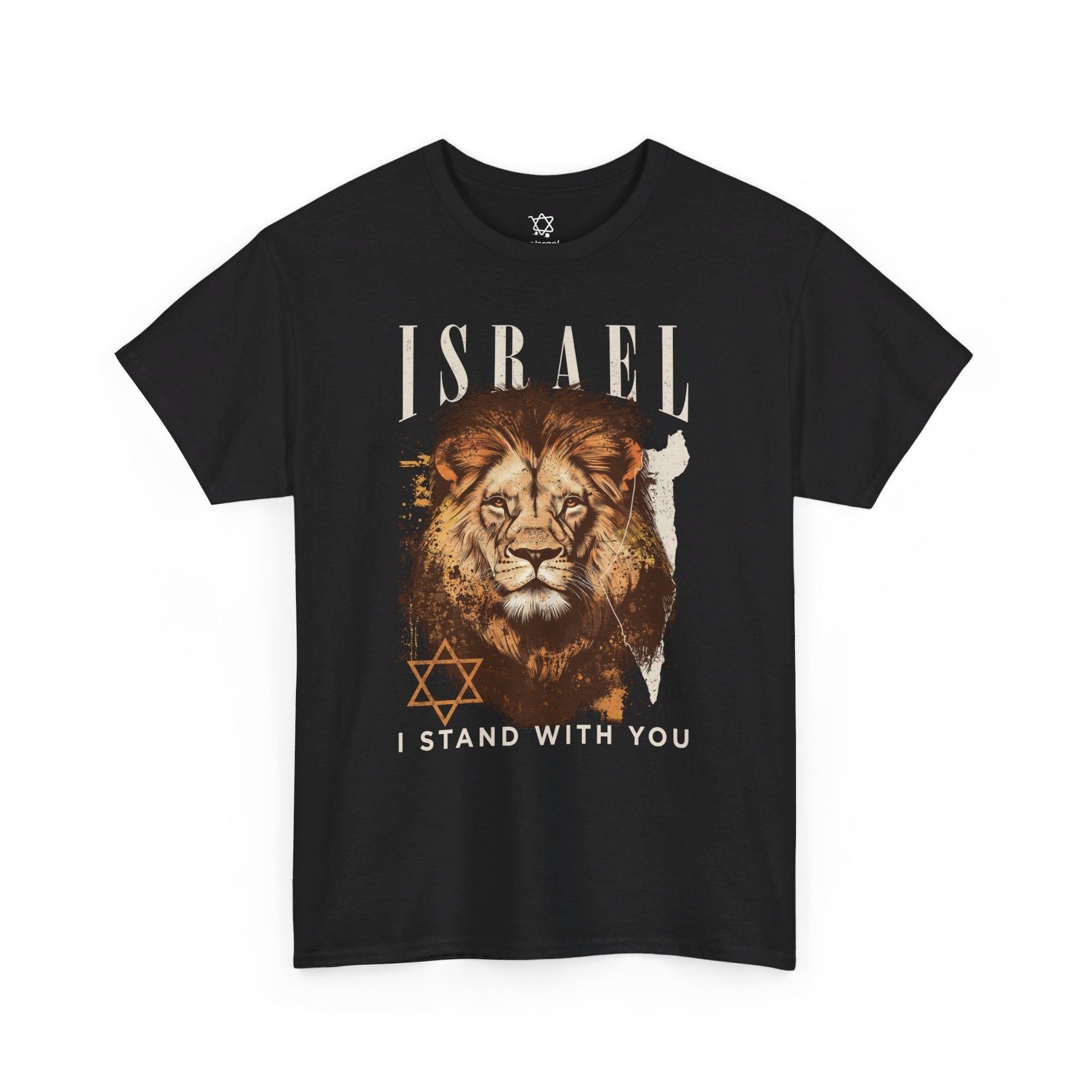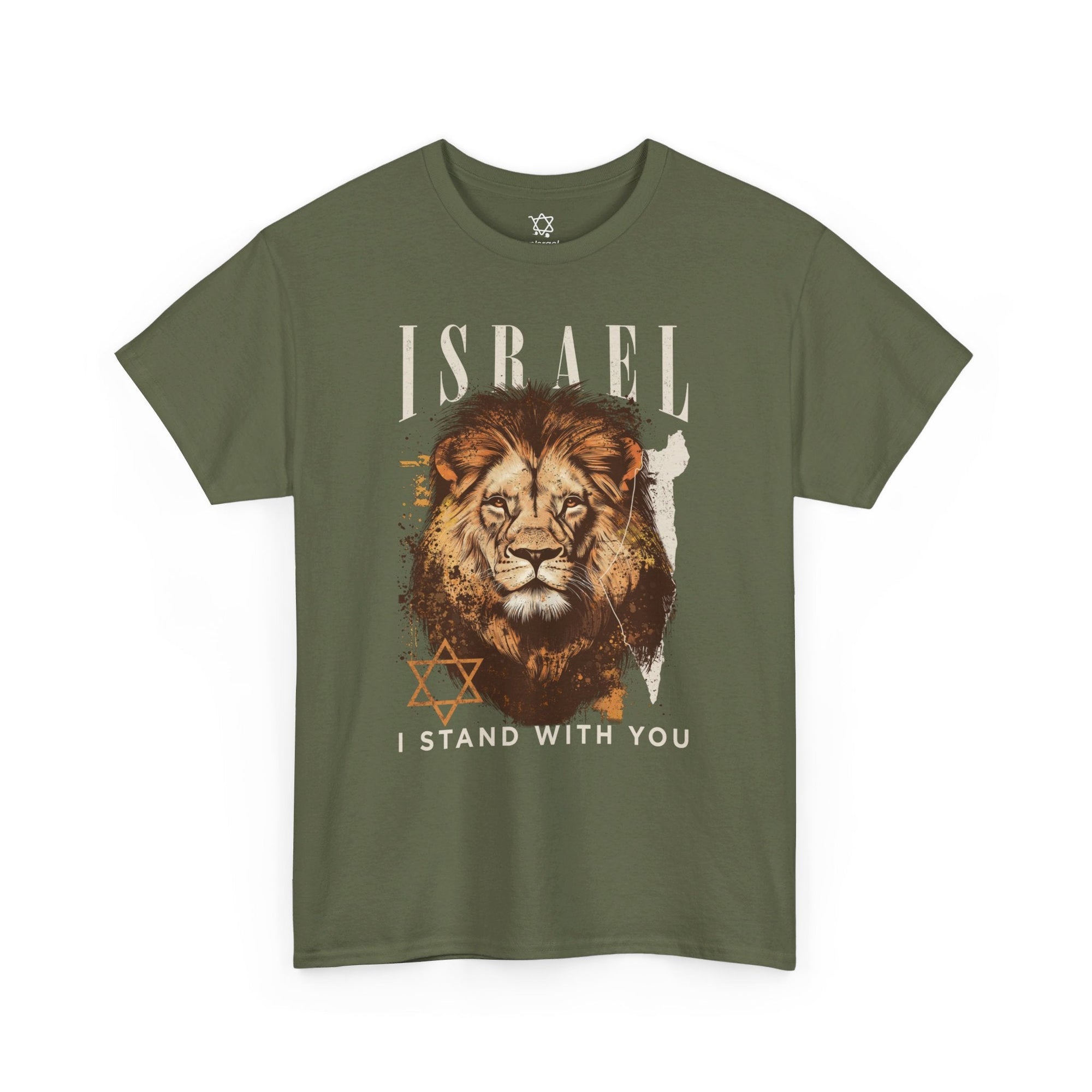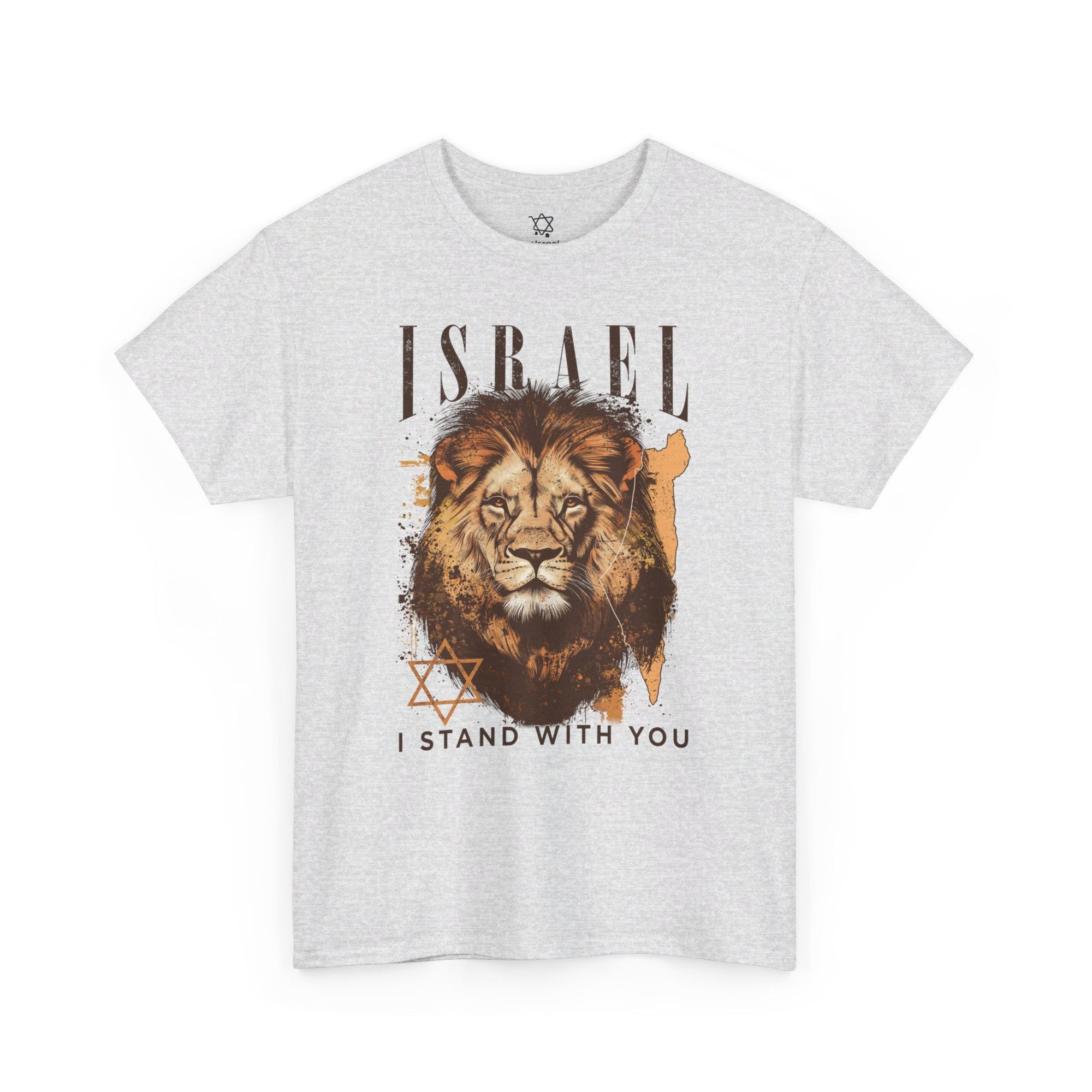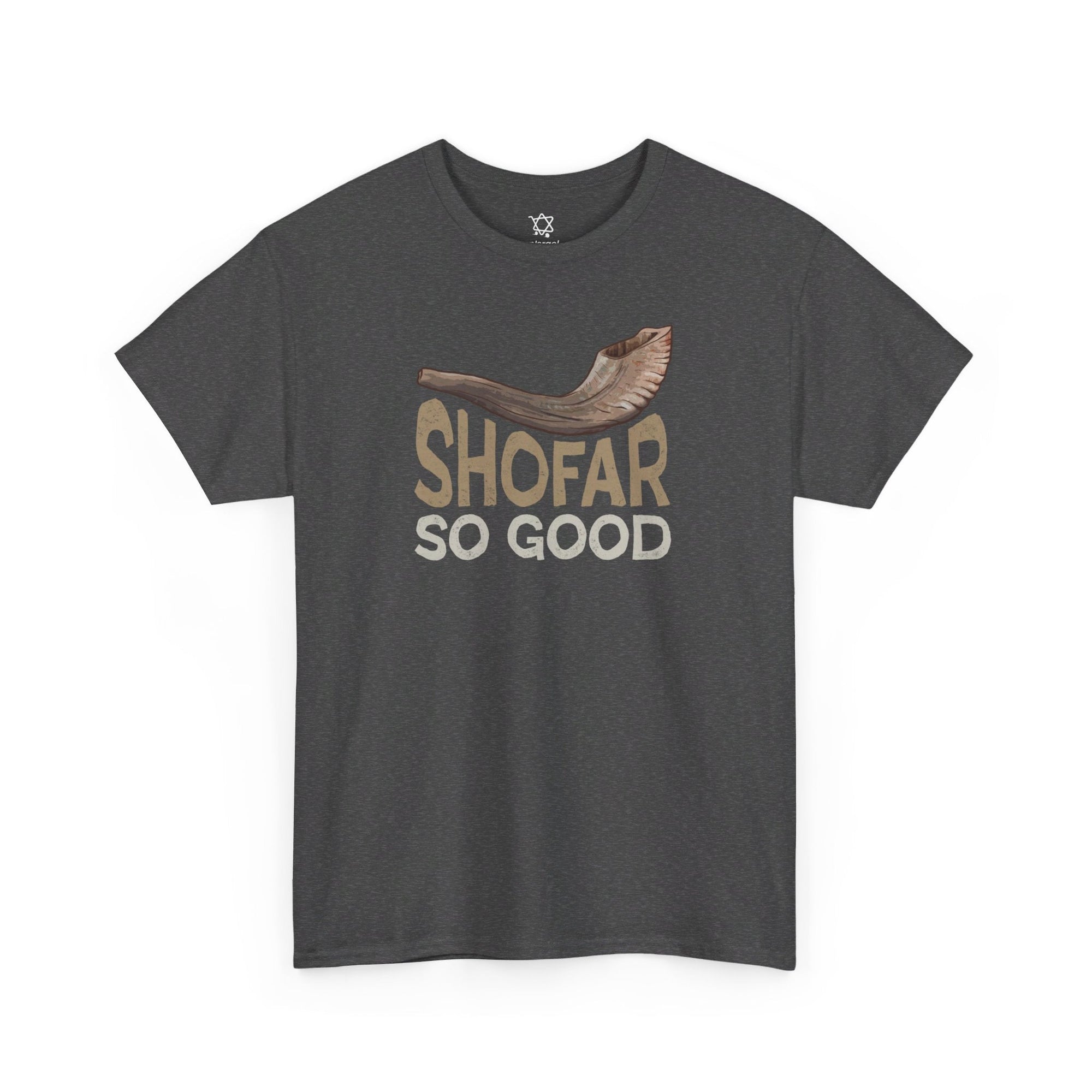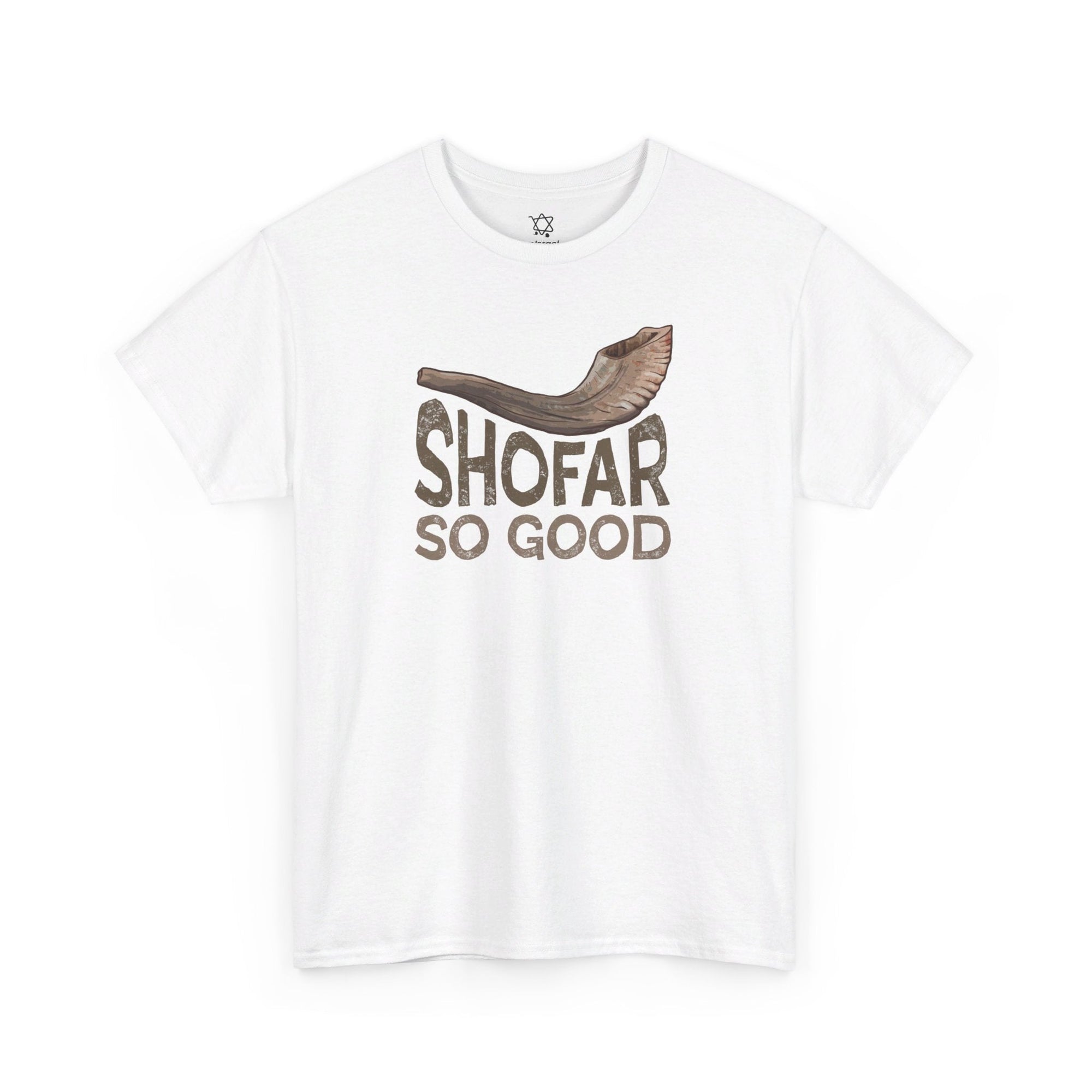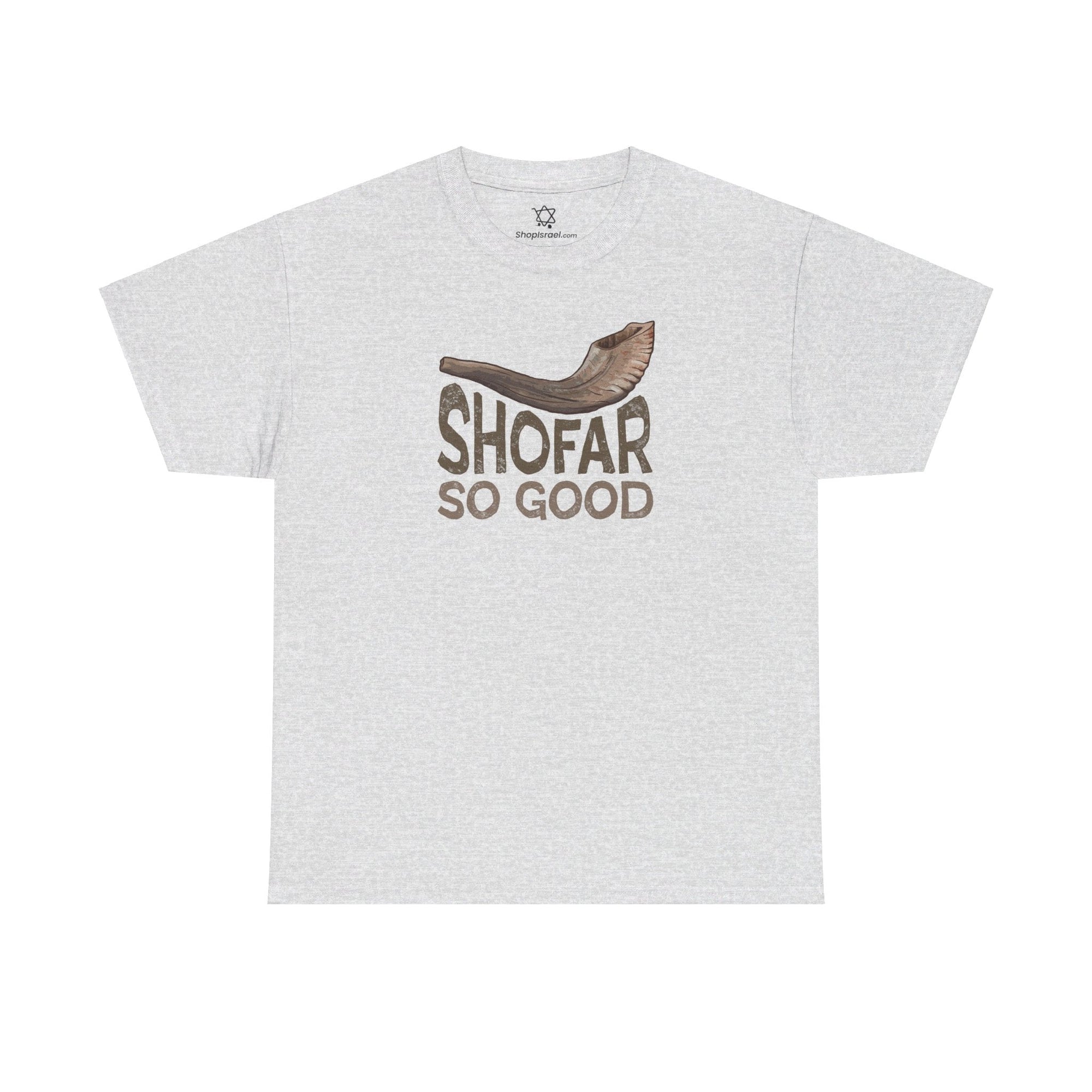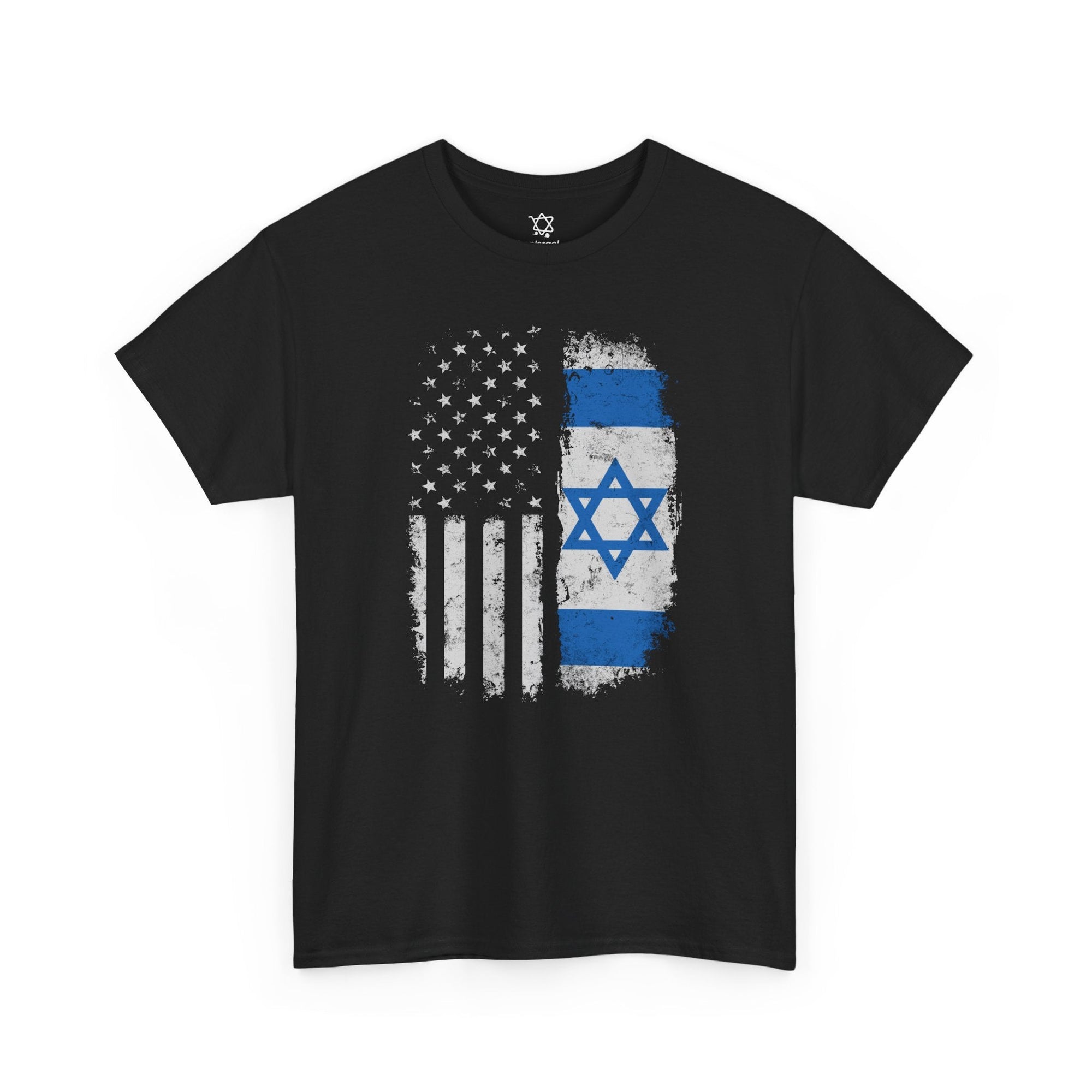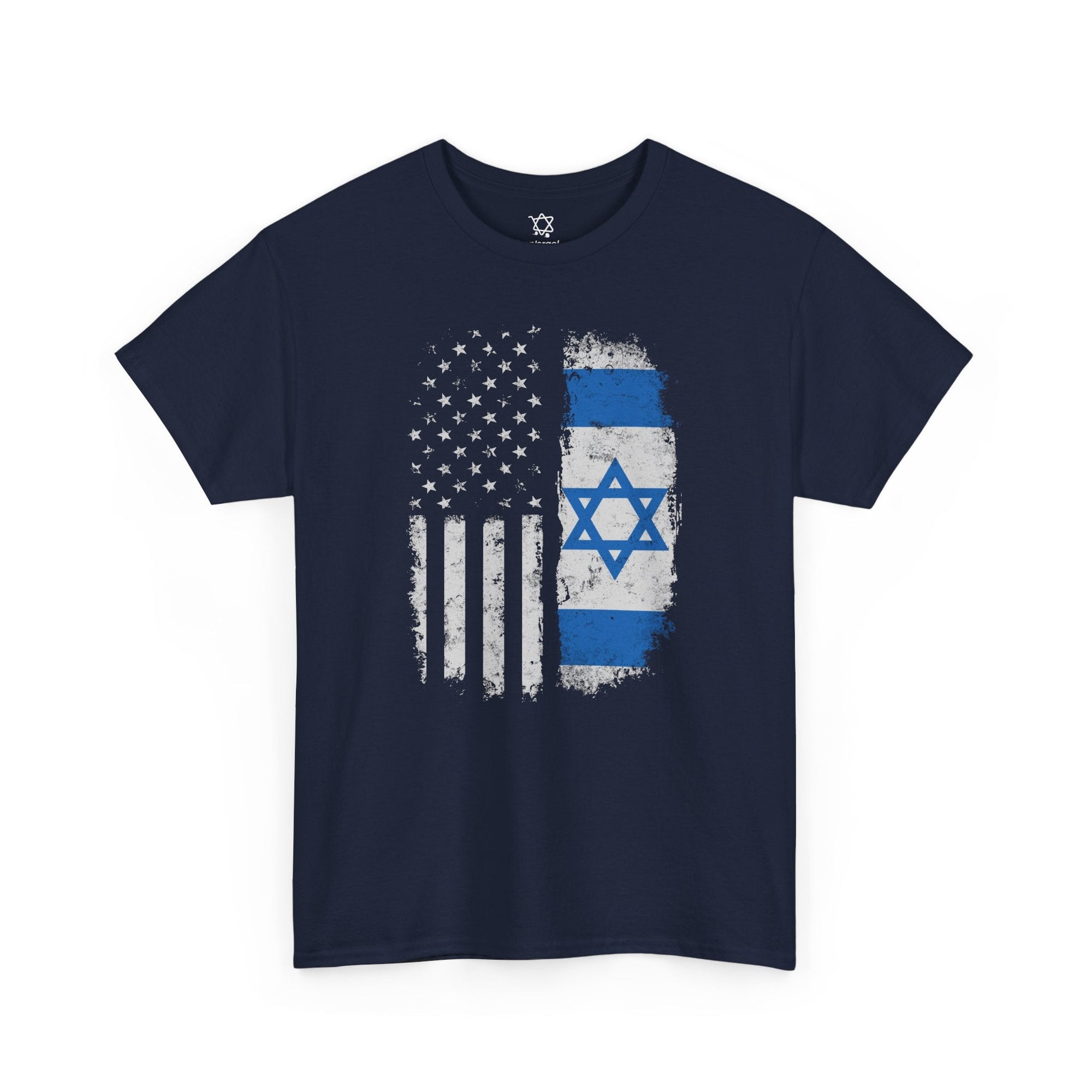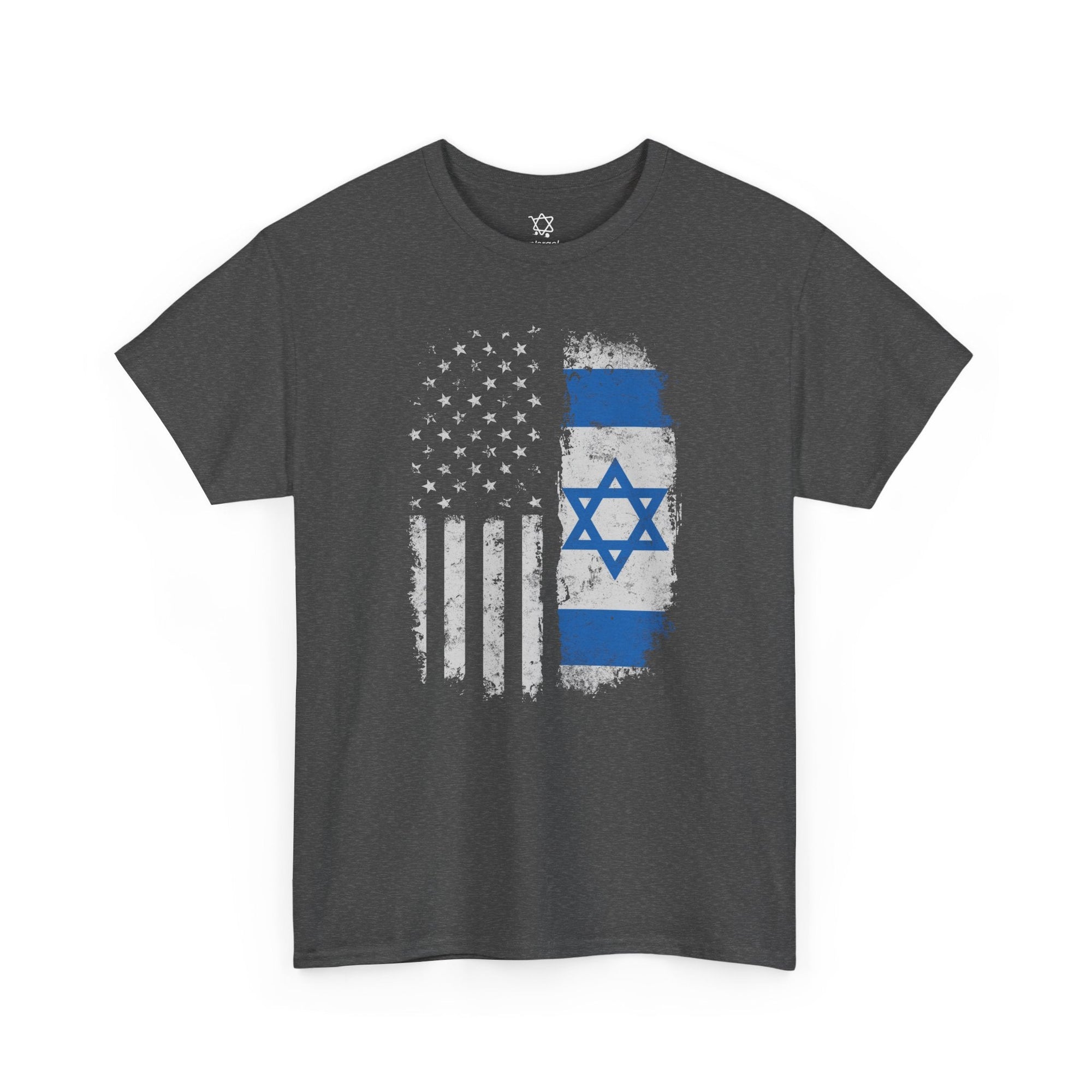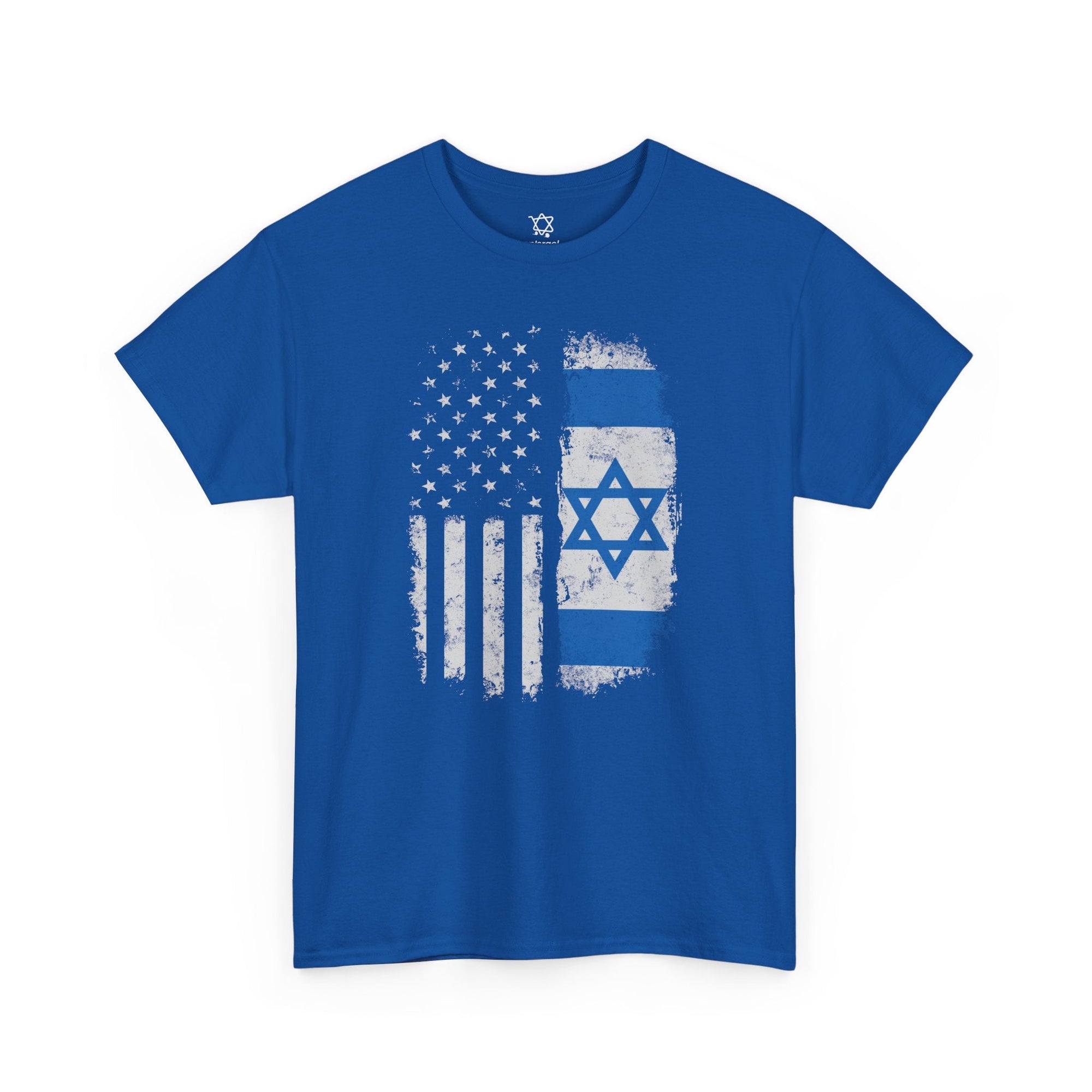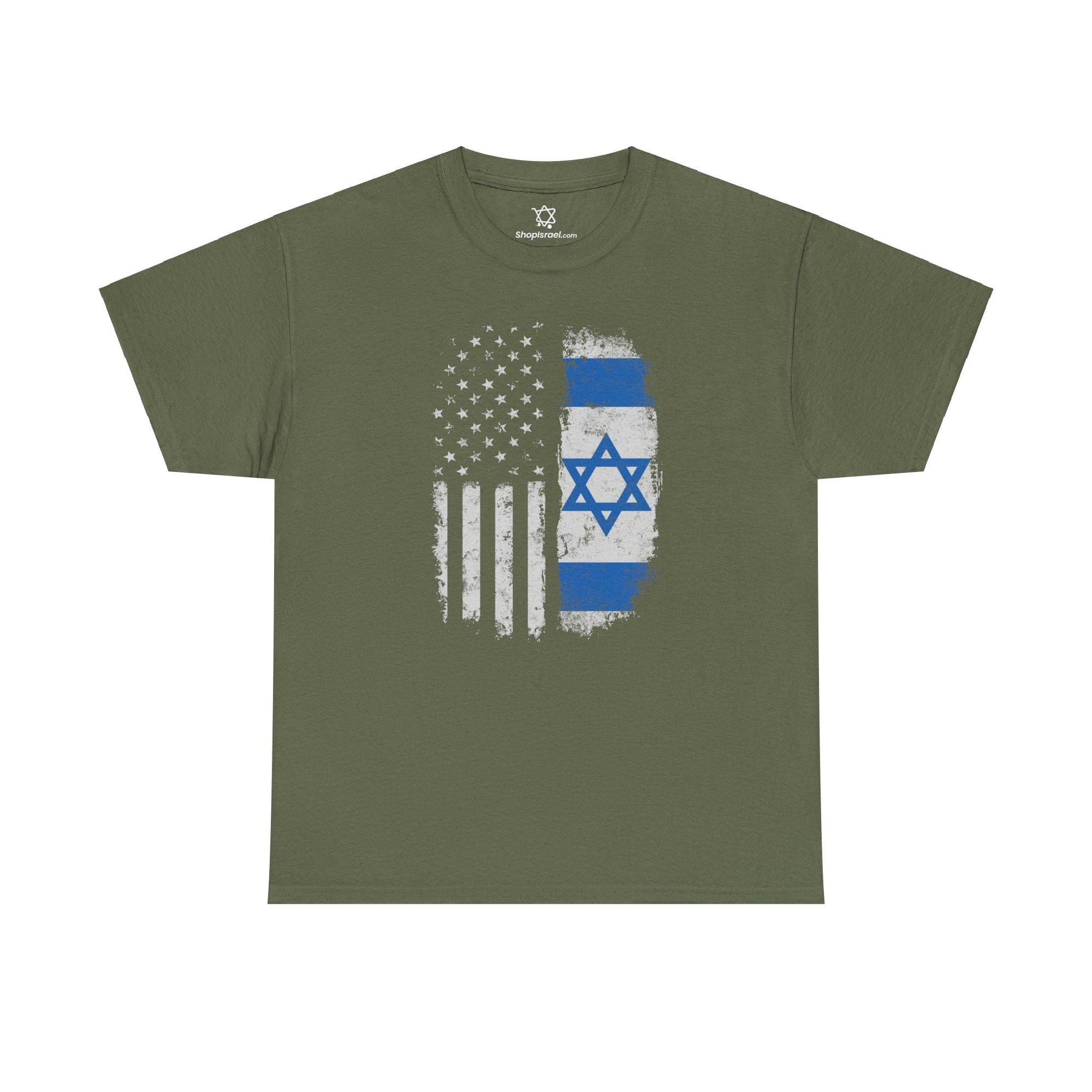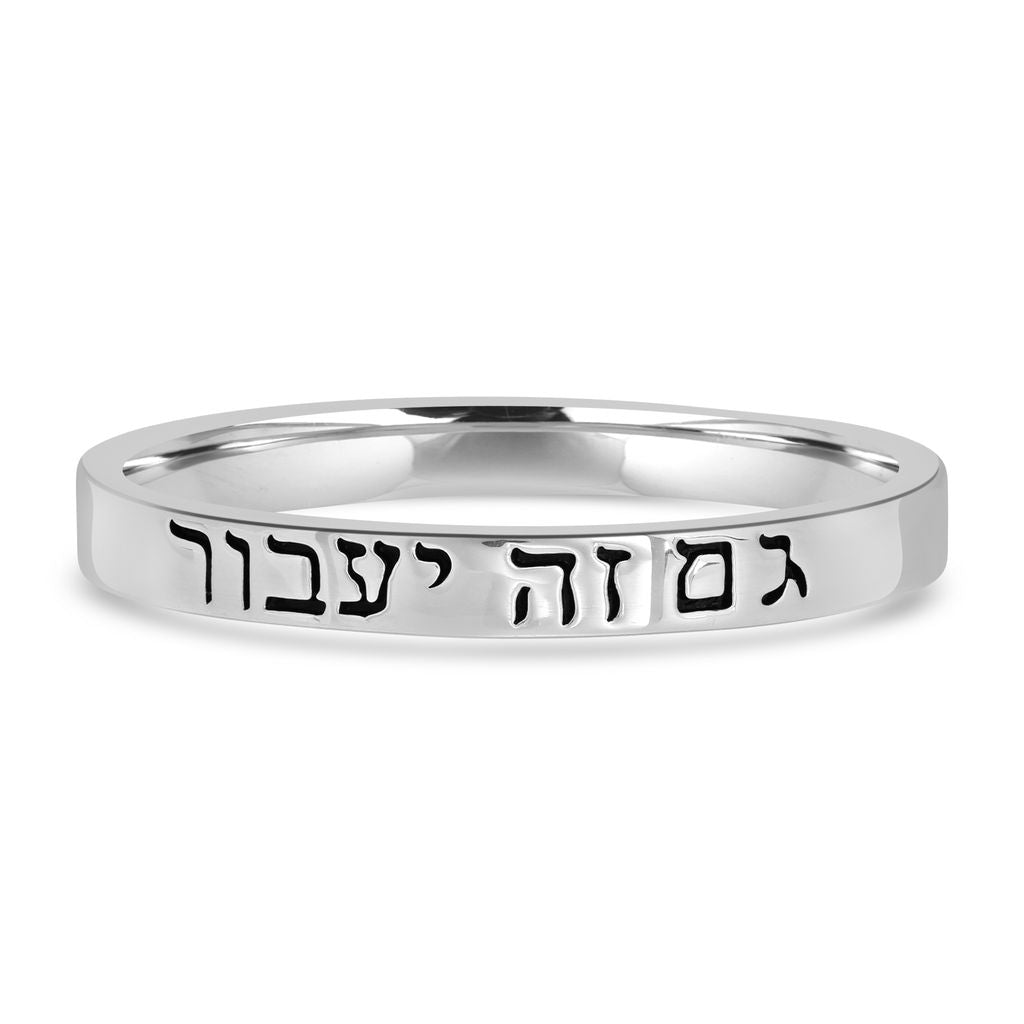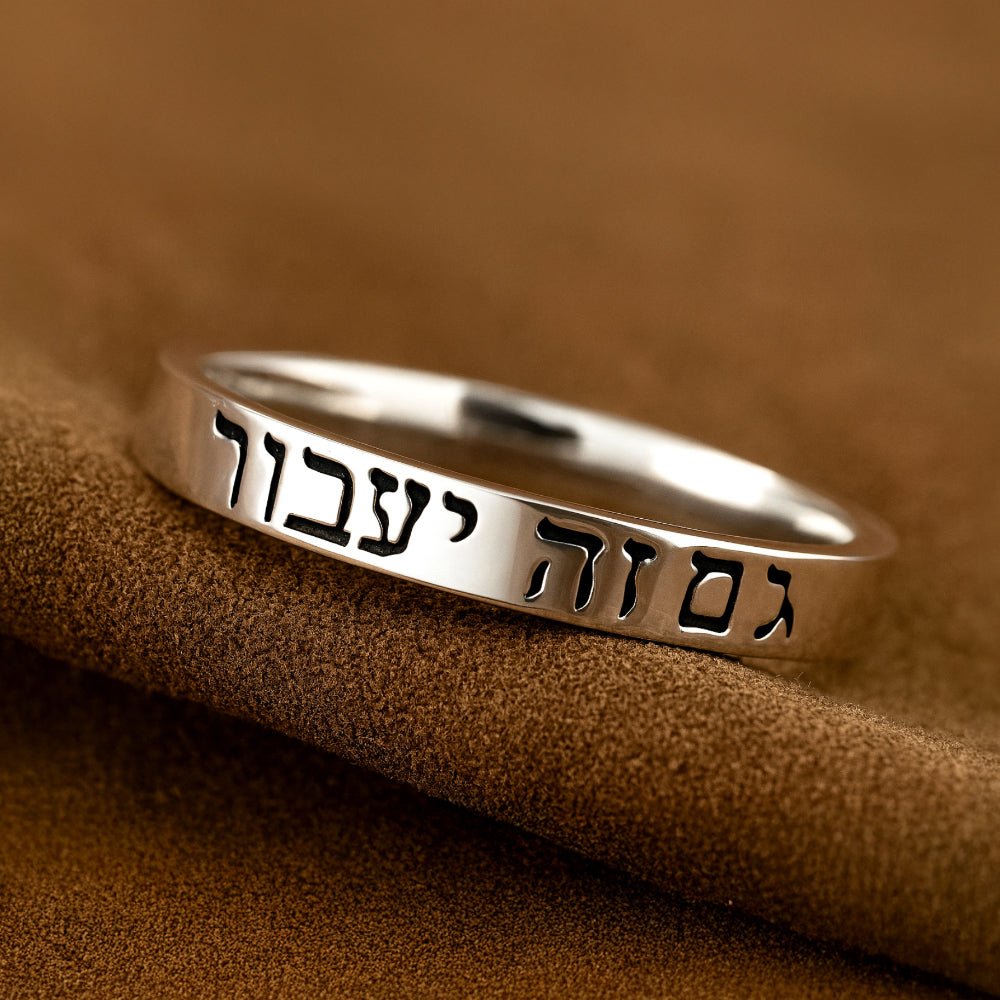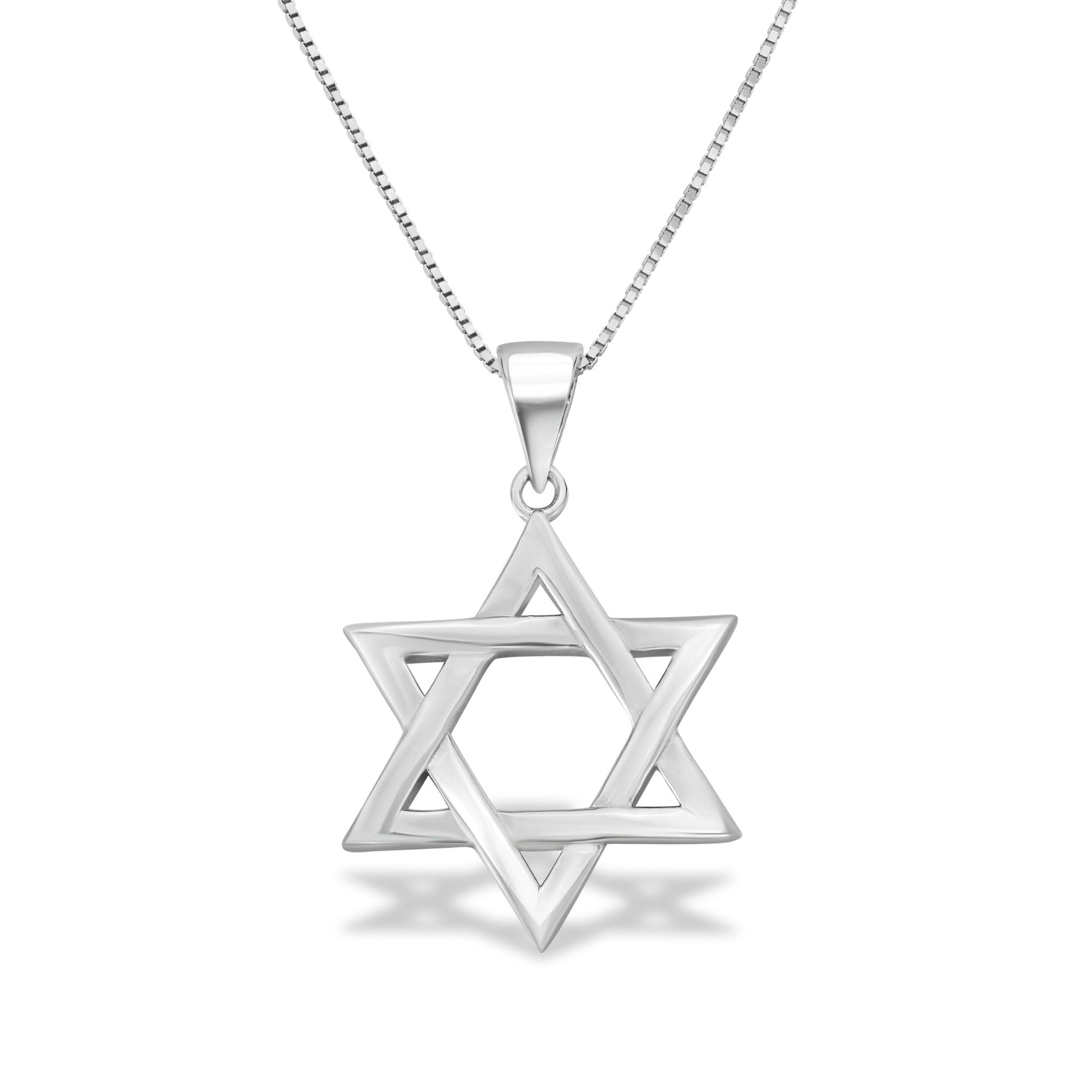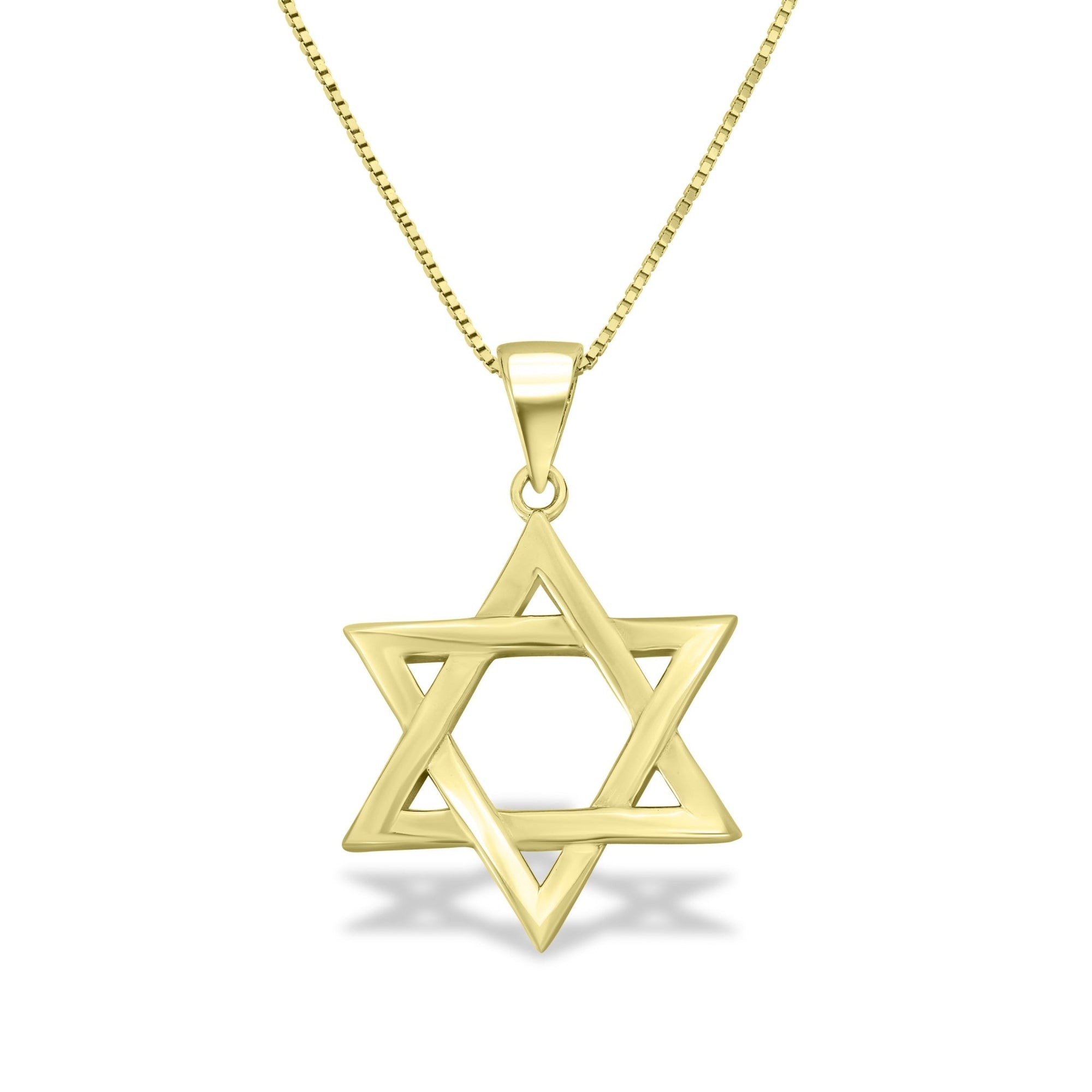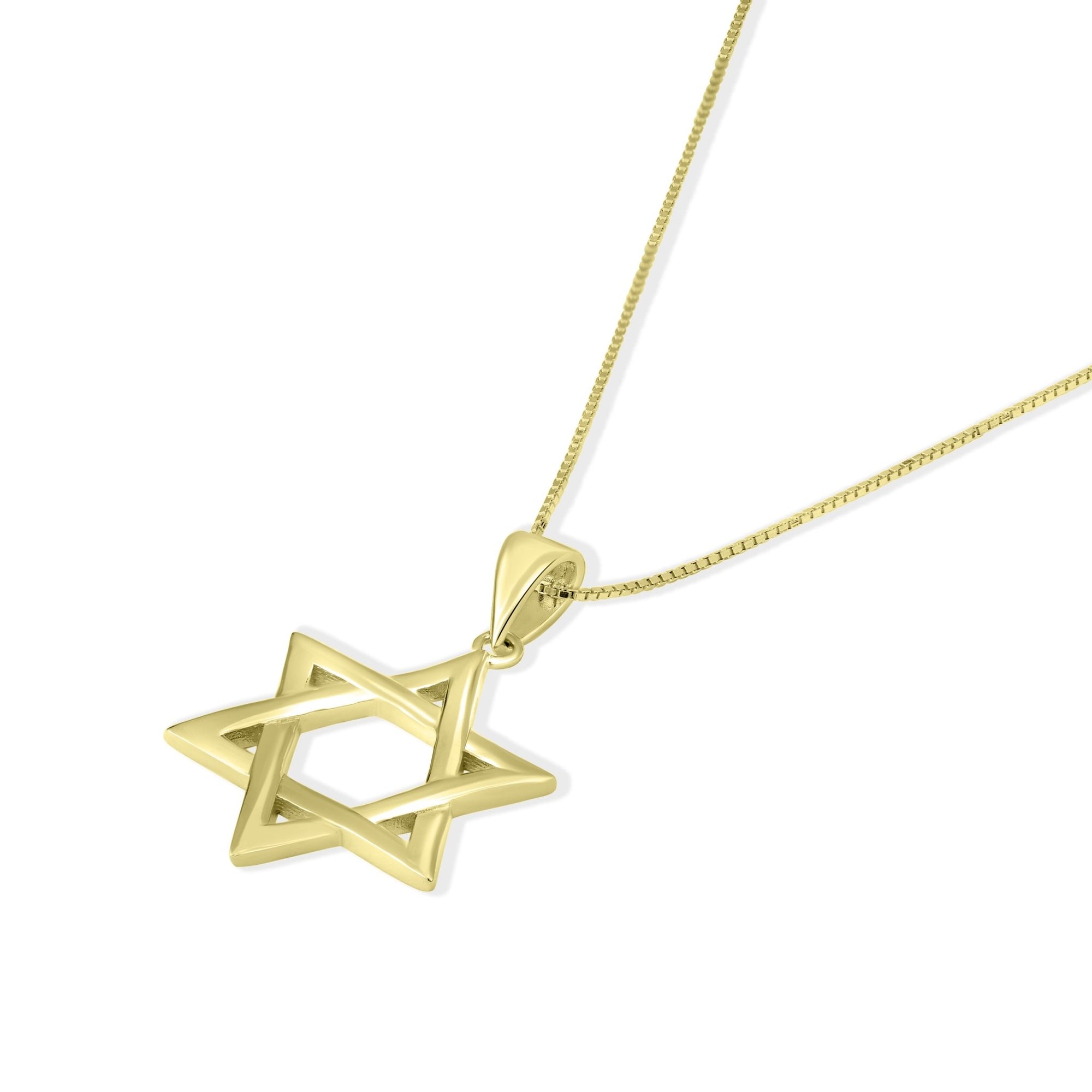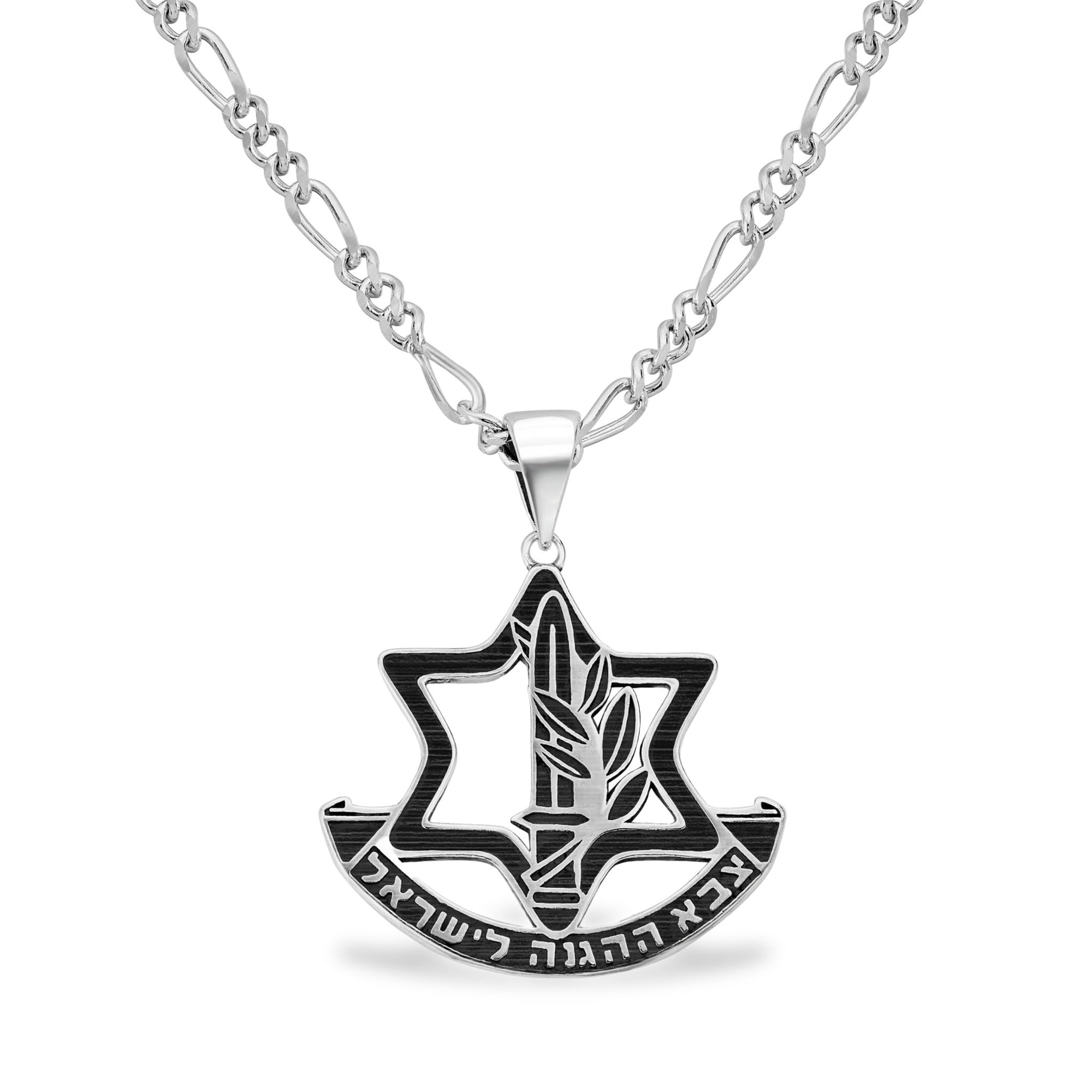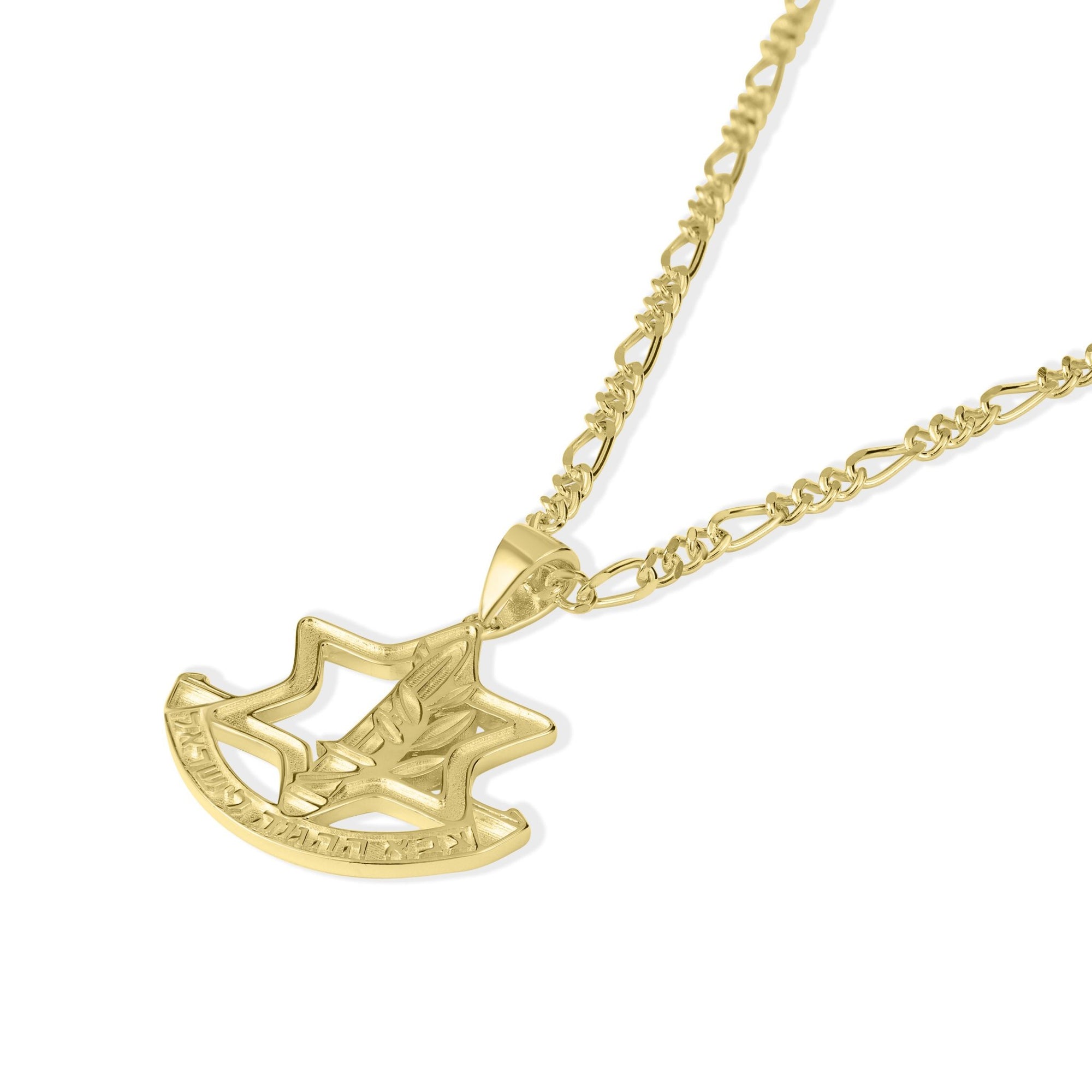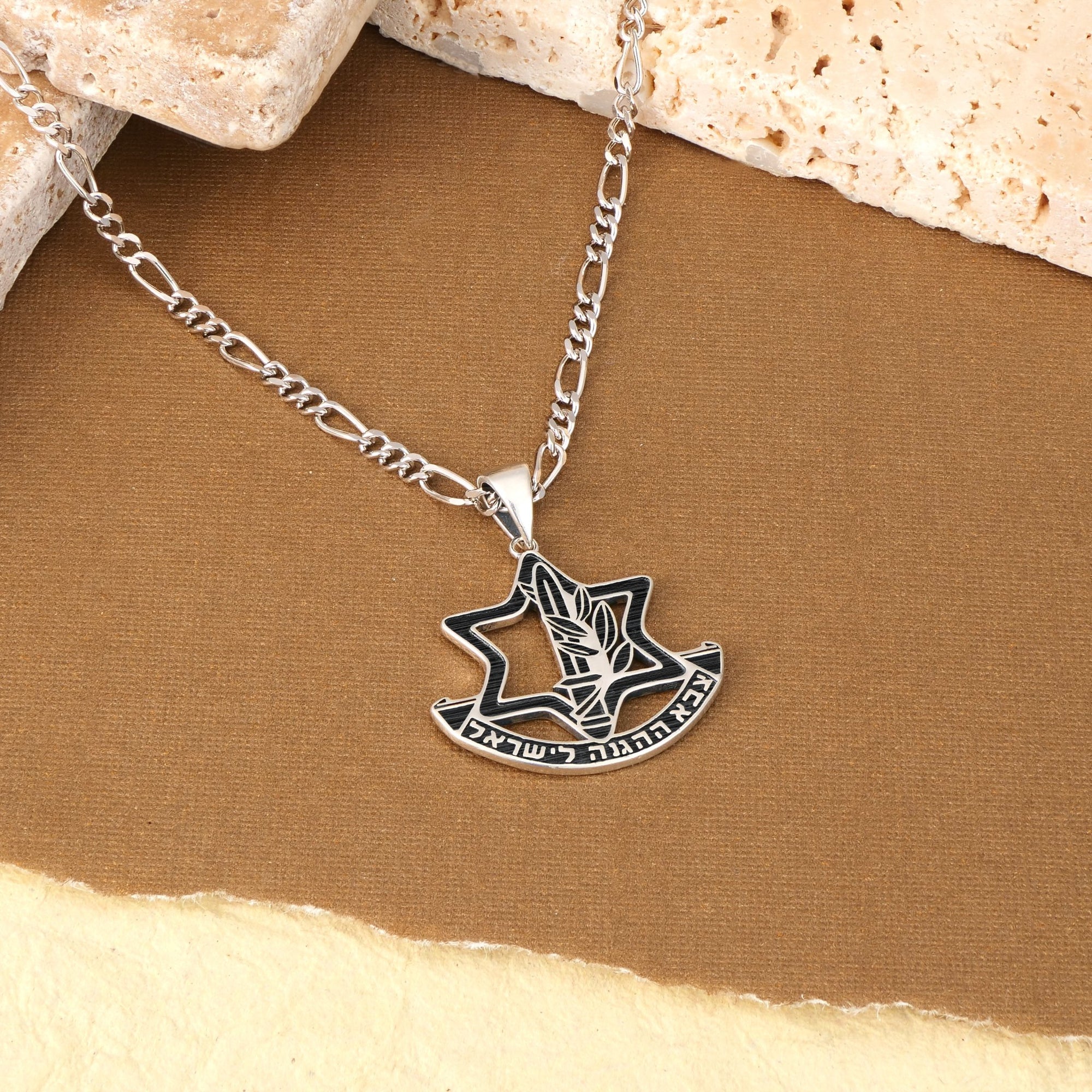An Ancient Horn with Enduring Voices
The shofar, a ram's horn blown during significant Jewish religious occasions, carries a profound legacy that spans millennia. This article explores the shofar’s rich historical roots, spiritual symbolism, and religious importance within Jewish tradition and beyond. From biblical revelations to eschatological echoes, the shofar’s blasts resonate as a call to faith, repentance, and hope.
Origins and Historical Context of the Shofar

What is the historical significance of the shofar?
The shofar has profound roots in biblical and ancient history, playing a central role in Jewish religion and society. Its earliest mentions are in the Hebrew Bible, where it is used during significant events and rituals. For instance, it is sounded at Mount Sinai during the giving of the Torah, symbolizing divine revelation and the awe-inspiring presence of God.
In ancient times, the shofar served multiple societal functions. It was used to announce the new moon, mark the start of the Jubilee year, and signal the beginning of wars or important communal gatherings. These uses highlight its importance in coordinating and mobilizing the community for both spiritual and practical matters.
The shofar was also an essential part of Temple worship in Jerusalem. It signaled sacred moments, called worshippers to prayer, and proclaimed God's kingship. In biblical narratives, the shofar was associated with victory in battles—most famously in the Battle of Jericho, where its sound caused the city’s walls to fall, showcasing faith and obedience.
Throughout history, the sound of the shofar has remained a powerful spiritual marker. During the High Holidays of Rosh Hashanah and Yom Kippur, it calls Jews to repentance and spiritual renewal. Its symbolism extends to themes of divine sovereignty, redemption, and messianic hope. Over centuries, it has also persisted in secular contexts, such as national celebrations and political demonstrations, emphasizing its broad influence.
The ongoing tradition of shofar blowing preserves its historical significance. It not only connects believers to their biblical past but also serves as a symbol of continuity, divine intervention, and the hope for future redemption and harmony.
Biblical Roots and Religious Narratives of the Shofar
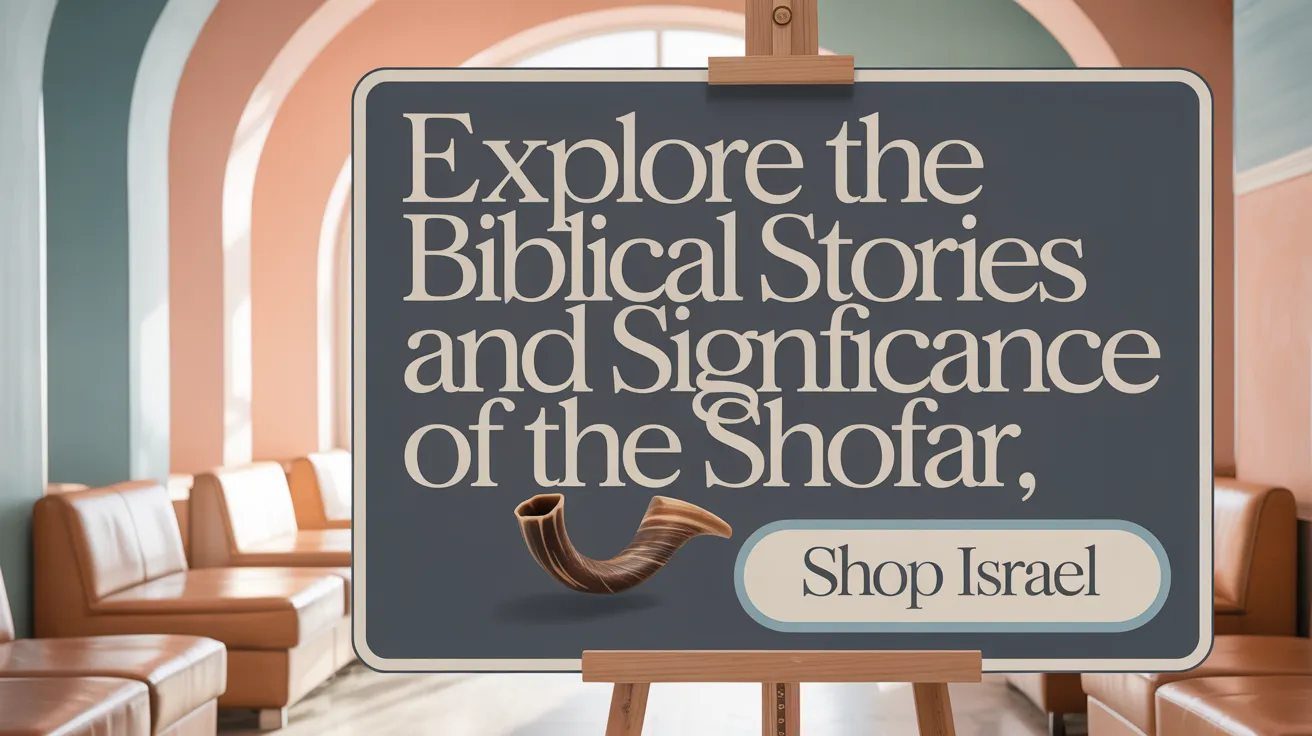
What are the biblical roots and significance of the shofar in religious narratives?
The shofar has profound biblical origins and plays a crucial role in various religious stories and rituals. Its earliest appearance is in Exodus 19:16, where it is sounded during the revelation at Mount Sinai to announce God's presence and the giving of the Torah. This moment underscores the shofar as a symbol of divine revelation and communication.
Throughout the Bible, the shofar signifies important events such as the calling of the Israelites to gather for worship, the announcement of war, and the marking of holy years like the Jubilee. For example, in the story of Jericho (Joshua 6), the shofar was blown to bring down the walls of the city, illustrating faith and divine power.
In addition, the shofar is connected to the kingship of Israel, used during coronation ceremonies, and symbolizes God’s sovereignty. It is also associated with moments of national repentance and spiritual awakening, especially during Rosh Hashanah and Yom Kippur, calling the people to reflect and seek God's mercy.
Christian tradition adopts the shofar as a symbol for the Second Coming of Christ, representing the trumpet call in eschatological events. Overall, the shofar’s biblical significance is rooted in its role as a divine instrument that calls, awakens, and proclaims spiritual truths across various narratives.
Biblical stories involving the shofar such as Jericho and the anointing of kings
The biblical account of Jericho’s fall (Joshua 6) highlights the shofar’s power in miraculous victory, where the Israelites blew the shofar after marching around the city for seven days, leading to the walls collapsing.
Another notable story involves the anointing of kings, where the shofar was used to herald the new ruler’s coronation, emphasizing divine sovereignty and authority. This tradition continues as a symbol of God's chosen leadership.
These stories underscore the shofar’s multifaceted symbolic role — as a tool of divine intervention, royal recognition, and spiritual awakening — anchoring its significance deeply within biblical history and religious practice.
Spiritual Significance and Religious Symbolism

The shofar as a symbol of divine presence and kingship
The shofar is more than just a musical instrument; it is a profound symbol of God's sovereignty and divine presence in Judaism. Its sound is associated with the revelation of God's glory at Mount Sinai, where the blast of the shofar accompanied the giving of the Torah, signifying God's kingship over Israel and the universe. This connection emphasizes the recognition of God's authority and the acknowledgment of His rulership, especially during significant religious events like Rosh Hashanah. Historically, the shofar’s resounding calls served to alert the nation and evoke awe, reminding believers that God's dominion is eternal and all-encompassing.
Its role as a call to repentance and moral awakening
The shofar’s piercing blasts act as a wake-up call for individuals and communities to reflect on their spiritual state. During Rosh Hashanah and Yom Kippur, the shofar symbolizes a moral summons, urging people to examine their deeds, seek forgiveness, and renew their commitment to God's commandments. The different types of blasts—Tekiah, Shevarim, and Teruah—each carry distinct messages of royal authority, longing for reconciliation, and the need for alertness against moral complacency. Its sound penetrates the heart, inspiring introspection and moral correction, encouraging believers to return to a righteous path.
Symbolism related to Messiah and redemption
In Christian and Jewish eschatological thought, the shofar also symbolizes hope for redemption and the coming of the Messiah. Its resounding call is associated with the final redemption of Israel and the establishment of God's everlasting kingdom. The trumpet-like blast signifies the resurrection and gathering of believers in the end times, serving as a prophetic reminder of divine promises of salvation. The shofar’s sound echoes the anticipation of a new era—one marked by righteousness, peace, and spiritual renewal—reminding all that God’s ultimate plan is one of redemption and divine justice.
The Shofar’s Central Role in Jewish Traditions and Holidays

What is the role of the shofar in Jewish tradition and holidays, especially Rosh Hashanah?
The shofar holds profound significance in Jewish life, especially during the High Holidays of Rosh Hashanah and Yom Kippur. It is considered the primary commandment—called a mitzvah—to hear its blast, which resonates as a spiritual wake-up call. Crafted from a ram’s horn, it symbolizes God's sovereignty, recalling the divine revelation at Mount Sinai and the coronation of God's kingship.
During Rosh Hashanah, the Jewish New Year, the blowing of the shofar is the central ritual. It serves as a call for introspection, urging individuals to reflect on their deeds, repent, and renew their faith. The sound encourages humility and moral awakening, prompting believers to examine their actions in the past year and seek divine mercy.
The shofar’s sound also symbolizes hope for redemption and ultimate divine victory. Its blasts are deeply rooted in biblical history, from the fall of Jericho to the prophetic calls for moral righteousness. The ritual involves specific sequences of blasts—tekiah, shevarim, and teruah—that articulate different spiritual themes including divine kingship, sorrow for sins, and alertness to divine presence.
The mitzvah of hearing the shofar and the ba'al tokeah
According to Jewish Law, the obligation to hear the shofar falls on all adult Jewish males, although women and minors are generally exempt due to the time-bound nature of the commandment. The individual responsible for blowing the shofar is called a 'ba'al tokeah', a usually volunteer role performed by a qualified male who carefully fulfills prescribed sounds and sequences.
Before sounding the shofar, blessings are recited to acknowledge God's commandments and thankfulness for life. The blowing typically occurs in the morning services, after the Torah reading and during the silent prayer, marking the focal point of Rosh Hashanah observance.
Ceremonial blasts and their meanings (Tekiah, Shevarim, Teruah)
The three main types of shofar blasts each hold symbolic significance:
| Blast Type | Description | Symbolic Meaning |
|---|---|---|
| Tekiah | A long, sustained note | Represents divine sovereignty and kingship |
| Shevarim | Three medium, reed-like blasts | Conveys deep sorrow and repentance |
| Teruah | Multiple short, staccato blasts | Acts as a wake-up call and alarm to moral awakening |
These sounds are combined into sequences during services, emphasizing themes of recognition of God's kingship, self-awareness, and hope for redemption. The recitation and blowing of the shofar foster a collective spiritual awakening, reinforcing the core messages of repentance and divine sovereignty that define Rosh Hashanah.
Cultural and Liturgical Practices Surrounding the Shofar

What are the cultural and historical backgrounds of the shofar?
The shofar holds a rich history rooted in Jewish tradition, first appearing in biblical times as a tool for religious ceremonies, royal events, and wartime signaling. Its origins may extend even further back to ancient spiritual practices, where animal horns were used to communicate across distances or ward off evil spirits. The biblical texts in Leviticus and Numbers highlight its mandated use during sacred occasions like Rosh Hashanah, Yom Kippur, and the Jubilee year, emphasizing its spiritual importance.
Throughout history, the shofar was employed in diverse contexts: announcing the start of wars, proclaiming divine kingship, and marking lunar phases such as the new moon. Its symbolic significance endured through the centuries, especially after the destruction of the Second Temple, where it continues to symbolize divine mercy, invocation of repentance, and renewal of faith.
Materials and preparation of the shofar
Traditionally, the shofar is crafted from the horn of a kosher animal, predominantly a ram, reflecting its biblical symbolism related to the binding of Isaac and God's provision of a ram for sacrifice. Other suitable animals include goats and antelopes.
Preparing a shofar involves several steps to ensure it produces a clear, resonant sound. The horn is first heated gently to make it pliable, facilitating shaping and polishing. Careful drilling and carving remove the keratin, creating a hollow tube capable of sound production. The finished shofar is often decorated and sometimes covered with adornments.
The role of the ba'al tokeah (blower)
The person responsible for sounded the shofar is known as the "ba'al tokeah" or "master of blowing." This individual is usually an experienced, often volunteer, male community member who is well-versed in the specific sounds and sequences required during services.
Blowing the shofar is a highly regarded skill, rooted in tradition and religious law. The ba'al tokeah must perform several types of blasts—Tekiah, Shevarim, and Teruah—in prescribed patterns during the High Holy Days. This act not only fulfills a religious commandment but also serves as a spiritual leader’s role in awakening consciousness.
Customs such as blowing on the right side of the mouth
A notable custom involves blowing the shofar into the right side of the mouth, which is believed to confuse Satan, who traditionally stands at the right. This practice underscores the spiritual combat symbolism associated with the shofar, emphasizing divine victory and the overcoming of evil.
Use beyond religious settings including political and national symbolism
Beyond its religious significance, the shofar has been adopted in various secular contexts. It has served as a symbol of national liberation, sounding during political demonstrations and protests to rally communities around shared ideals.
In modern times, the loud, commanding blast of the shofar has appeared in popular culture, music, and public ceremonies, symbolizing unity, awakening, and a call for action. Its evocative sound continues to inspire movements and moments of collective reflection, emphasizing its enduring power as a symbol of voice and resistance.
Symbolism of the Shofar’s Sounds and Their Meanings
Description of the three main blast types: Tekiah, Shevarim, Teruah
The shofar produces three primary types of sounds, each carrying specific symbolic meanings. The Tekiah is a long, unbroken blast that signifies the coronation of God as King and His sovereignty. The Shevarim comprises three medium-length blasts, symbolizing deep sorrow and heartfelt repentance, reflecting the Jewish community's yearning to reconnect with God. The Teruah consists of at least nine staccato, rapid blasts that serve as an alarm, waking individuals from spiritual complacency and urging honest self-evaluation.
Their symbolic meanings: kingship, repentance, alarm
Each blast type embodies different spiritual messages. Tekiah highlights the recognition of God's kingship, emphasizing His authority over all creation. Shevarim expresses remorse and the collective longing for divine closeness, symbolizing sincere repentance. Teruah functions as a wake-up call, challenging believers to confront their shortcomings and seek renewal. These sounds together form a powerful spiritual call, inspiring introspection, humility, and faith.
The total number and sequence of blasts during services
During Rosh Hashanah, the shofar is blown multiple times, with specific patterns and sequences observed. Typically, communities complete around 100 to 130 blasts throughout the day. The central pattern involves alternating the three main sounds—Tekiah, Shevarim, and Teruah—in various sequences, culminating in the longer Tekiah Hagadol (great blast). This comprehensive blowing aims to awaken the soul, reaffirm God's kingship, and inspire spiritual renewal for the new year.
| Blast Type | Pattern Description | Symbolic Meaning | Typical Usage | Total Blasts in Service |
|---|---|---|---|---|
| Tekiah | Long, sustained blast | God's sovereignty | Announcing kingship | Used at the beginning and end of sequences |
| Shevarim | Three medium blasts | Sorrow and repentance | Expressing longing | Alternated with Teruah |
| Teruah | Multiple staccato blasts | Alarm and awakening | Waking the conscience | Interwoven in sequences |
| Tekiah Hagadol | A final, extended blast | Victory and finality | Conclusion of the service | Usually one or more per service |
The Shofar in Christian Religious Thought and Eschatology

What is the role and symbolism of the shofar in Christian religious practices?
In Christian traditions, the shofar serves as a potent symbol of divine communication and spiritual awakening. Deriving from its biblical origins where it was used during key moments like the giving of the Torah and victorious battles, the shofar now signifies a call for believers to awaken to their spiritual lives. It echoes themes of judgment, redemption, and divine sovereignty, acting as a reminder of God's presence and the necessity of inner reflection.
Furthermore, the shofar symbolizes victory over sin and death, aligning with Christian beliefs about Christ’s triumph over evil. It is closely linked with the imagery of the trumpets sounded during the Second Coming of Christ, heralding the end of times and the fulfillment of God's plan. Its sound inspires believers to prepare their hearts for divine judgment and acts as a wake-up call to live righteous lives.
During Christian liturgical and eschatological contexts, the shofar embodies themes of hope, salvation, and divine authority. Its imagery of both divine revelation and triumphant victory underscores its important role, making it a powerful emblem of spiritual renewal and divine promise.
Its association with repentance and spiritual awakening
In Christian thought, the shofar is bestowed with the role of awakening the conscience and calling believers to repentance. Just as its sound stirred the Israelites at Sinai and during ancient battles, in Christianity, it represents a divine summons for spiritual renewal. The blast serves as a reminder for individuals to examine their lives, confess sins, and seek God's mercy.
The haunting, clarion call of the shofar symbolizes the urgency of repentance, urging believers to turn towards righteousness before divine judgment. This call is especially resonant in the context of the Second Coming, where it signifies the final call to reconnection with God.
Role in eschatological trumpet calls and Christ’s second coming
In Christian eschatology, the shofar is emblematic of the final trumpet call, which signals the return of Jesus Christ and the culmination of God's redemptive plan. Biblical passages in the New Testament depict the trumpet blast as announcing Christ’s arrival, gathering all believers, and affirming God's sovereignty.
This spiritual trumpet is associated with the victorious sound that the faithful anticipate at the end of days, symbolizing not just judgment but also ultimate redemption and hope. The shofar, thus, encapsulates the Christian expectation of renewal, the fulfillment of divine prophecy, and the establishment of God's eternal kingdom.
The Resounding Legacy of the Shofar
The shofar transcends its simple material form as a ram’s horn to embody a deep spiritual heritage woven through history, scripture, and ritual. Its blasts echo ancient calls to faith, repentance, and divine kingship, linking generations of believers across Jewish and Christian traditions. Whether sounding at Mount Sinai, heralding sacred holidays, or proclaiming eschatological hope, the shofar remains an enduring symbol of God's presence, mercy, and the promise of redemption. As a call to awaken the heart and renew the spirit, the shofar’s voice continues to inspire reflection, reverence, and the pursuit of righteousness.
References
- The Significance of the Shofar
- 10 Things the Shofar Symbolizes
- Shofar
- How the spiritual sound of the shofar shapes the Jewish ...
- 17 Shofar Facts Every Jew Should Know
- The Meaning of the Shofar
- What Is the Shofar?: Sounds, Symbolism, and Meaning
- The Biblical History of the Shofar in Christianity
- The Significance of the Shofar
